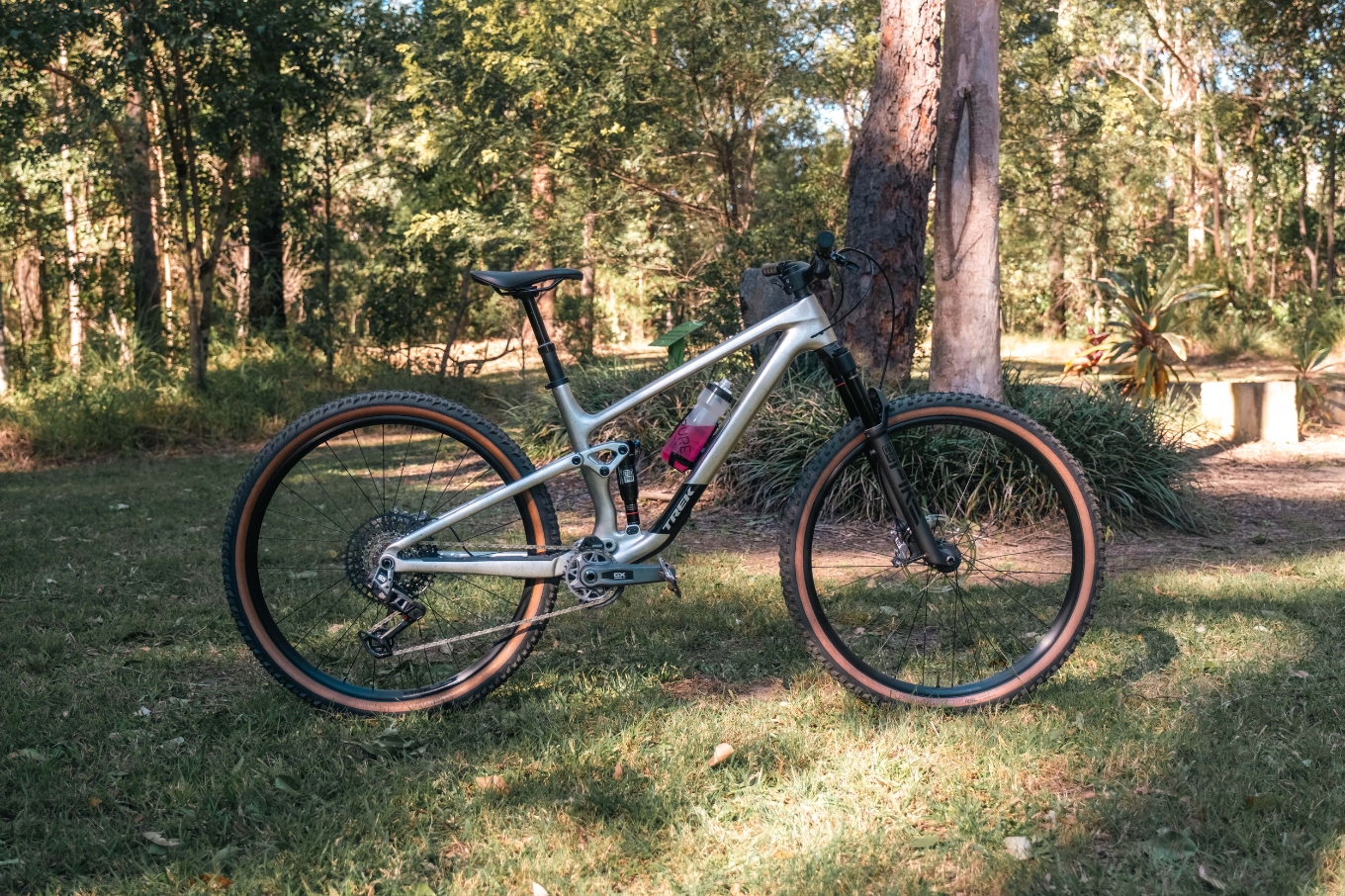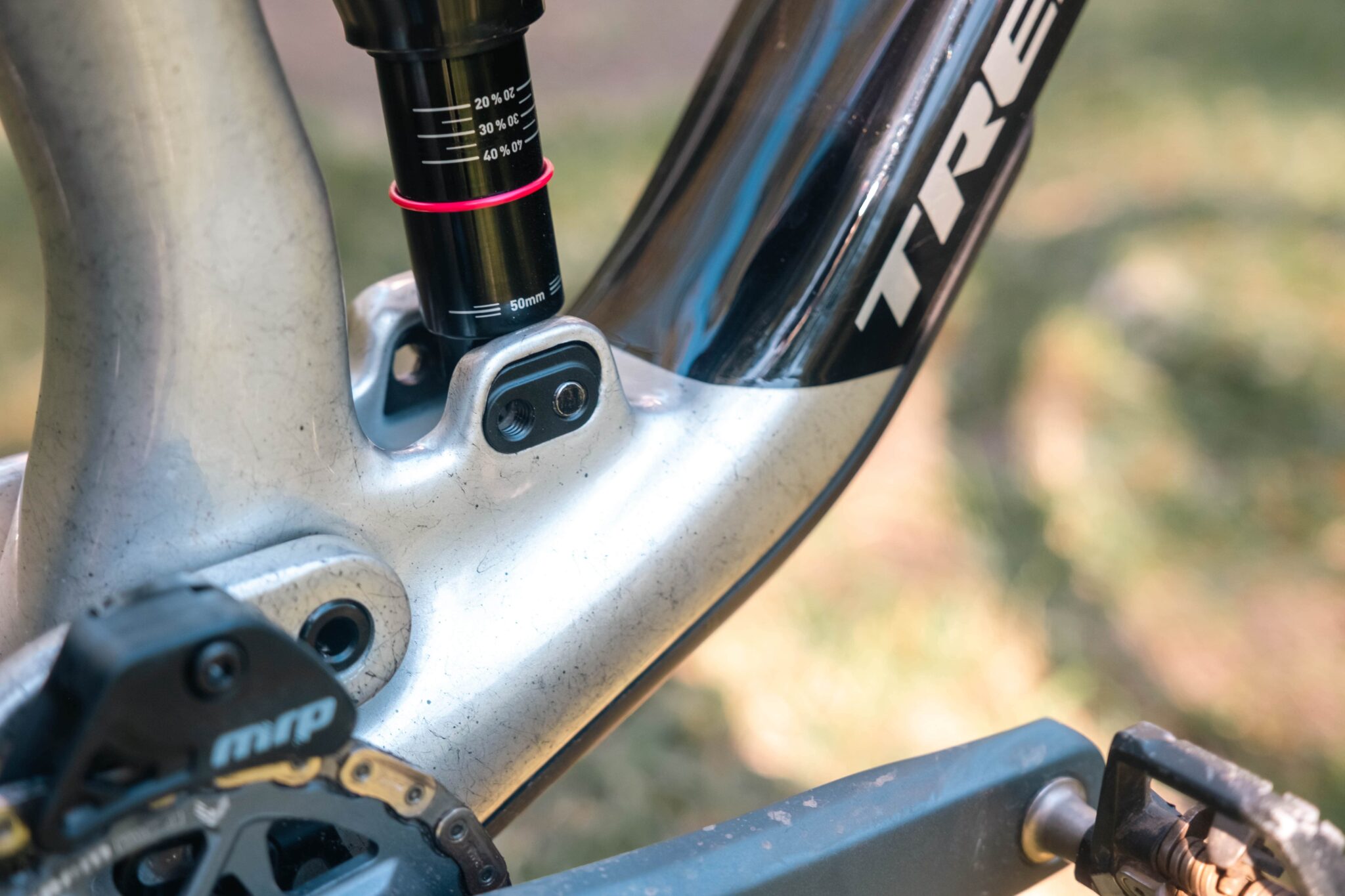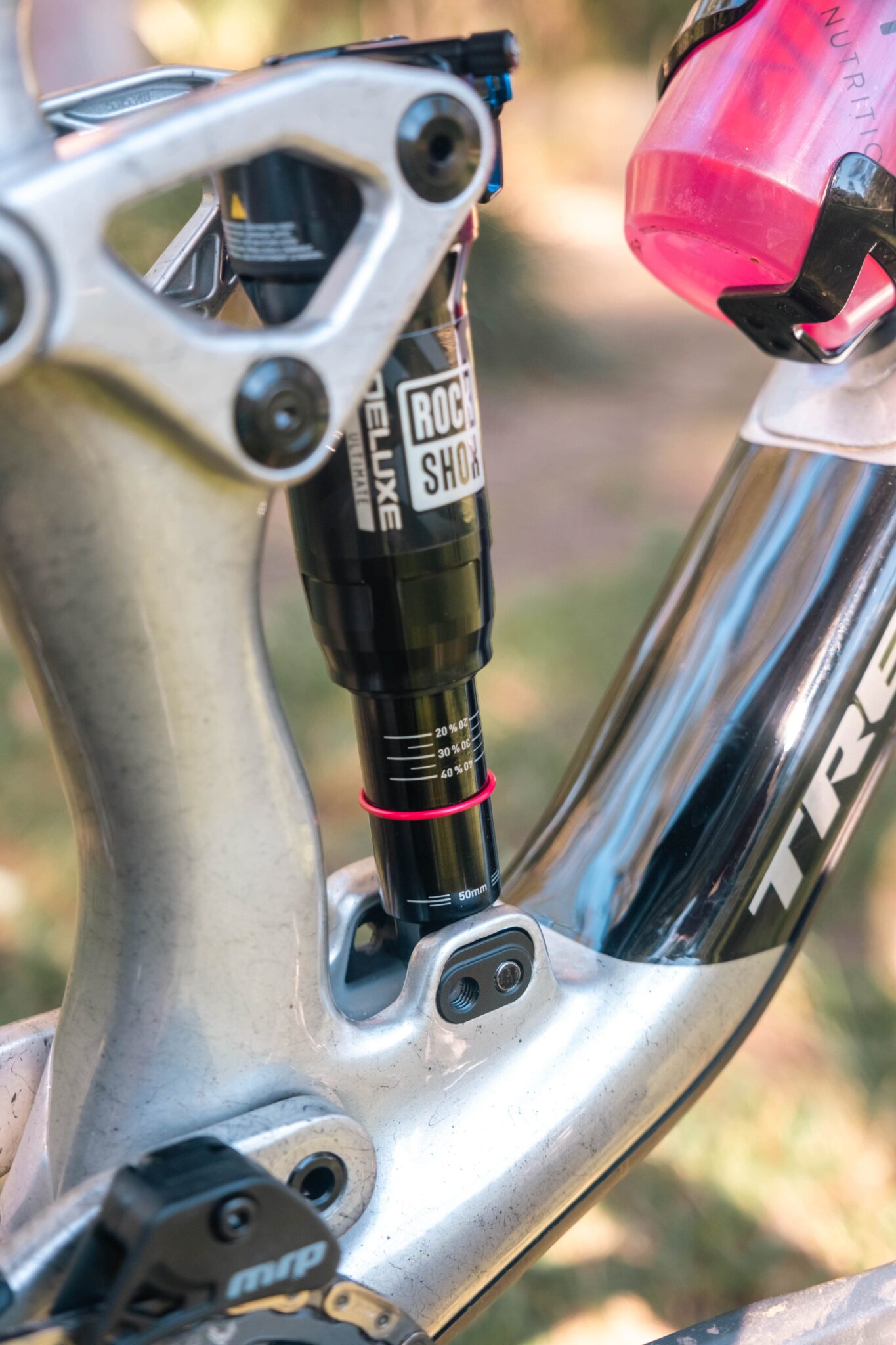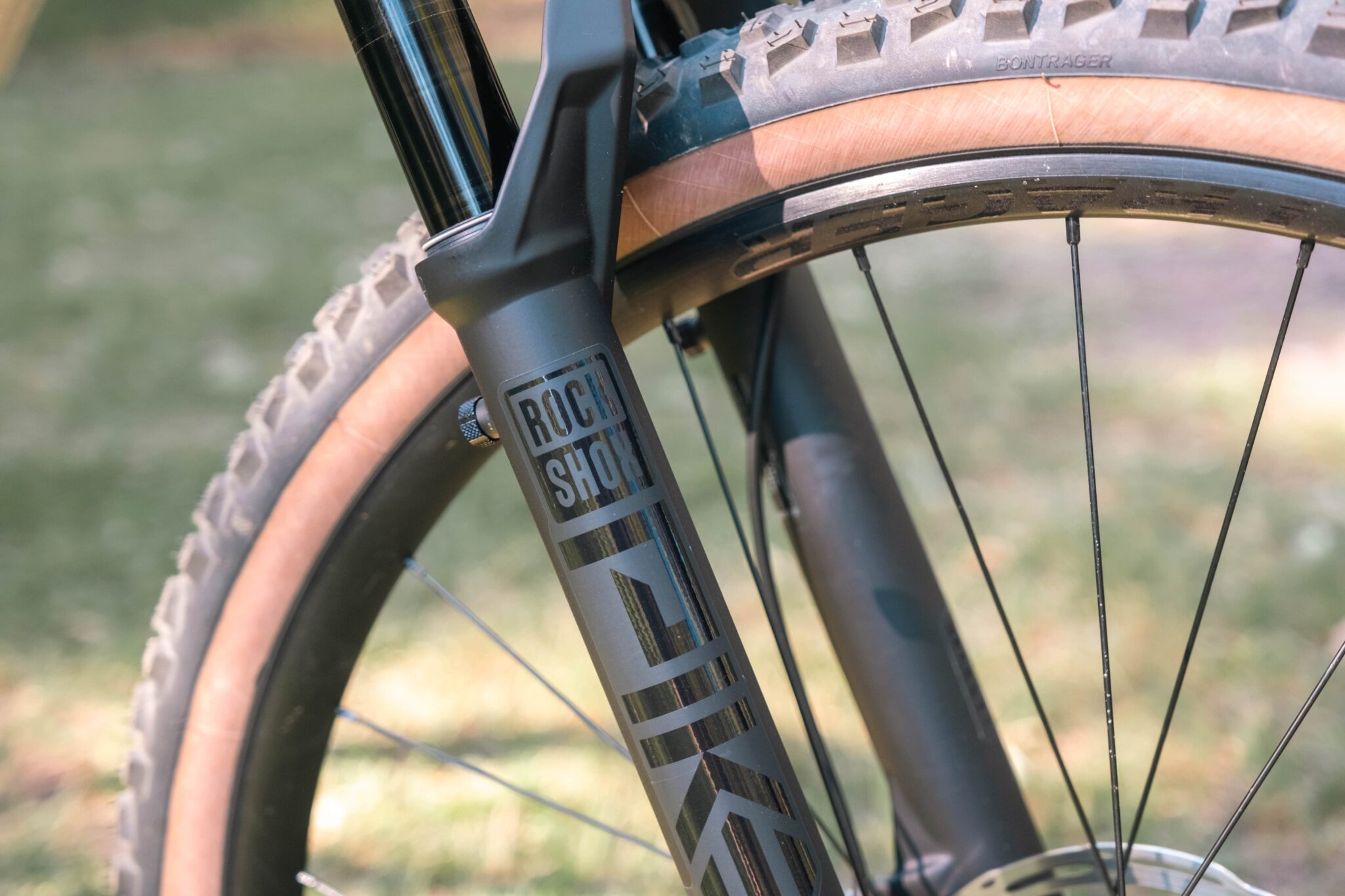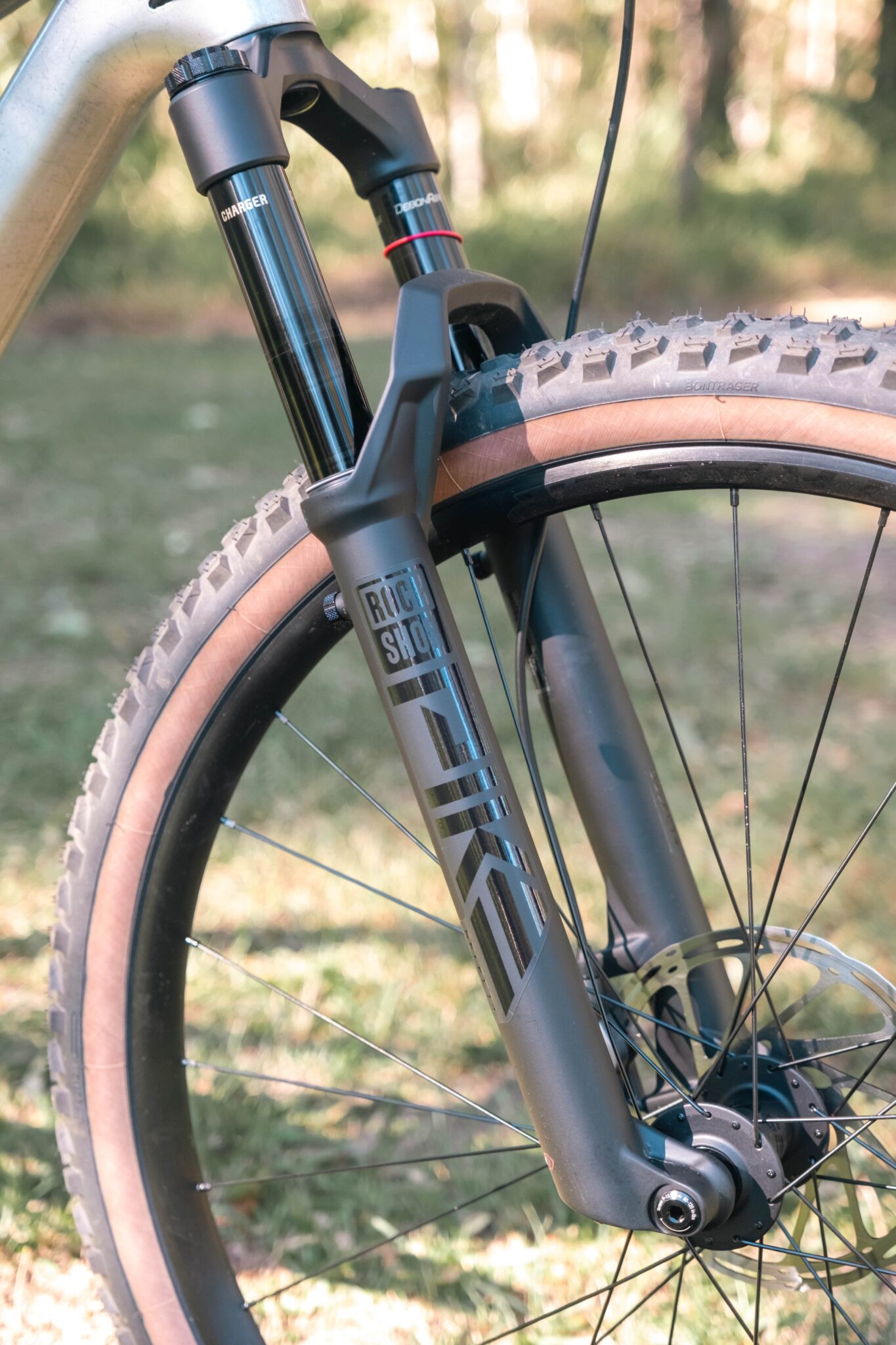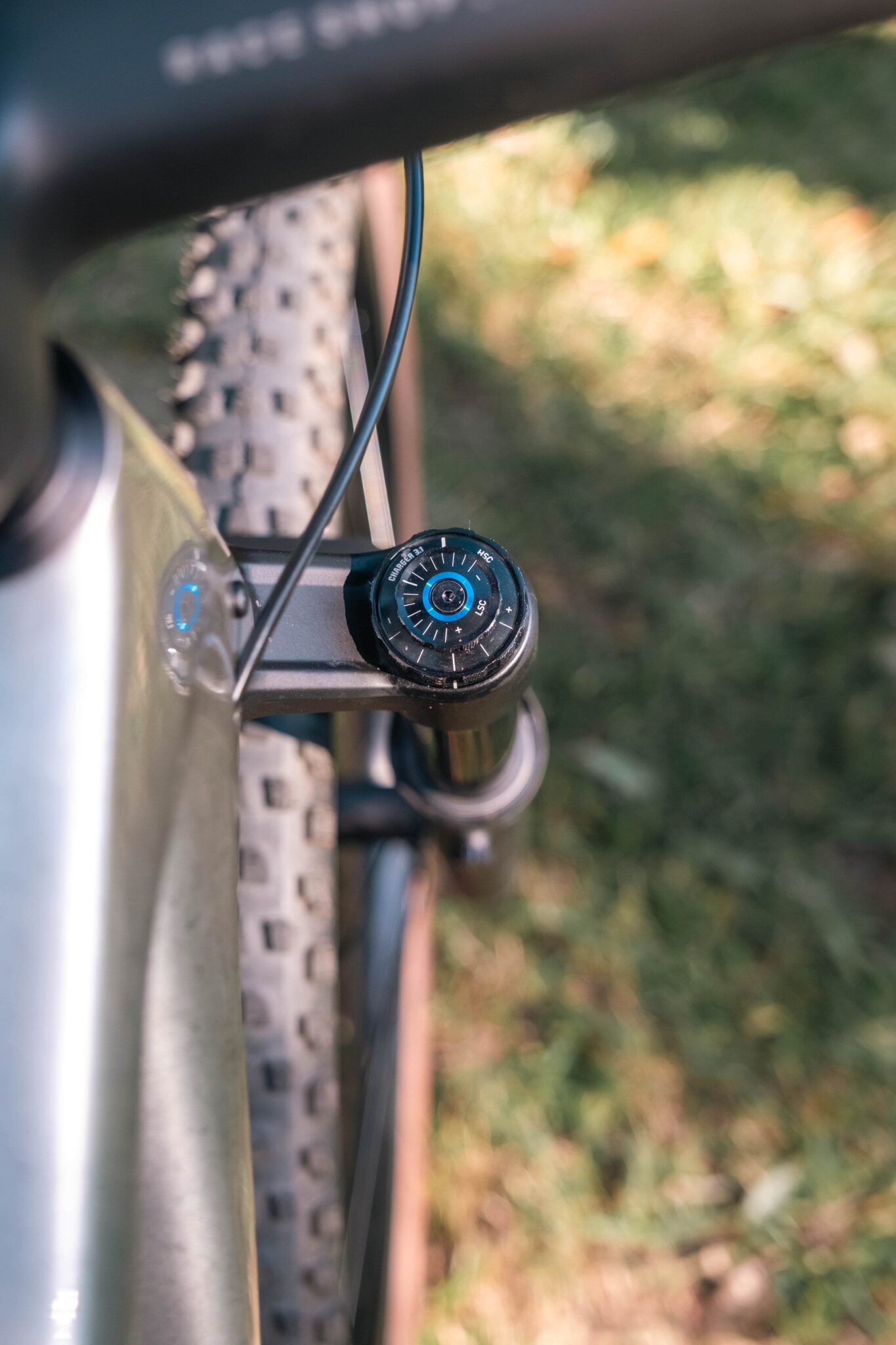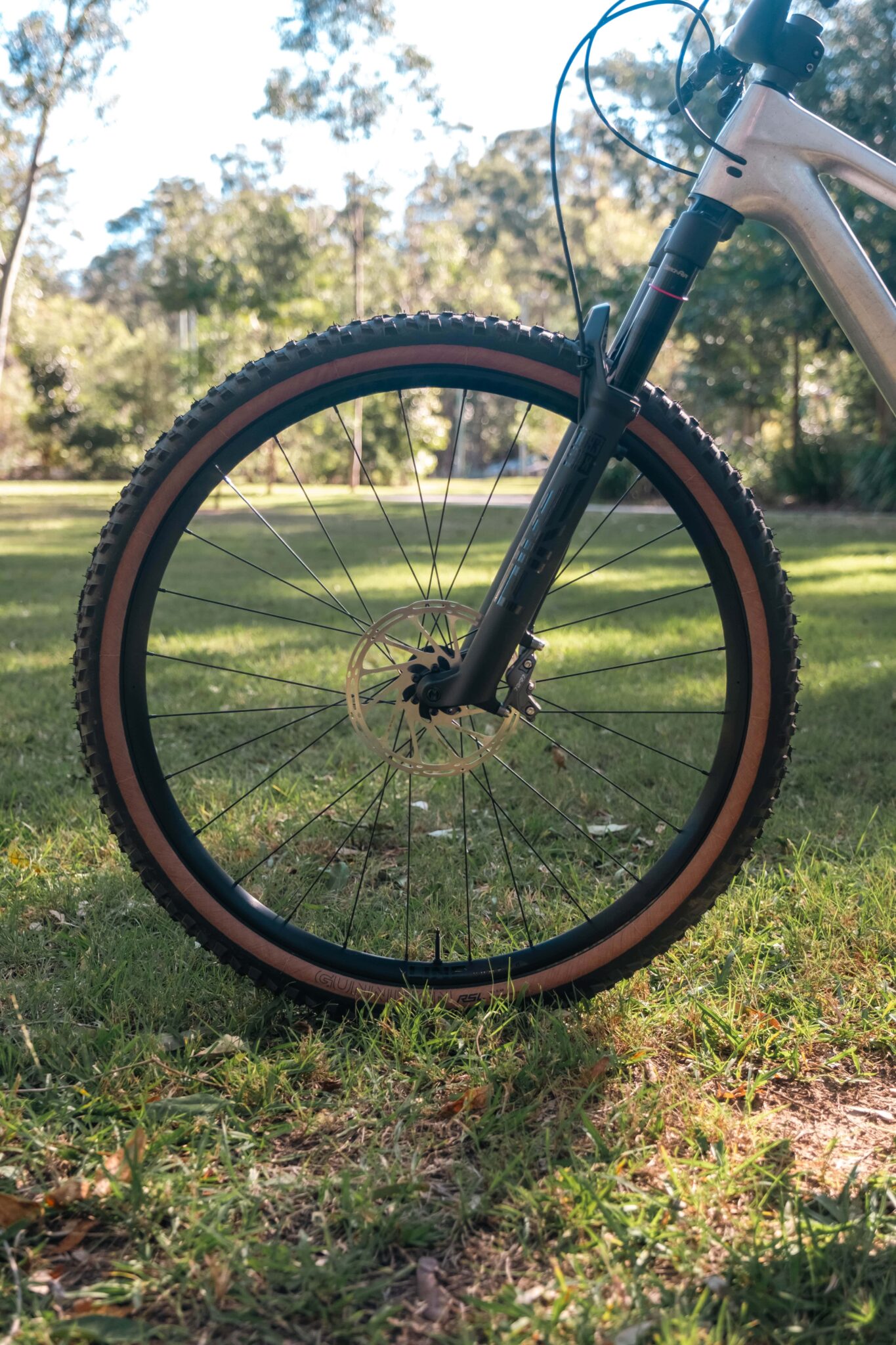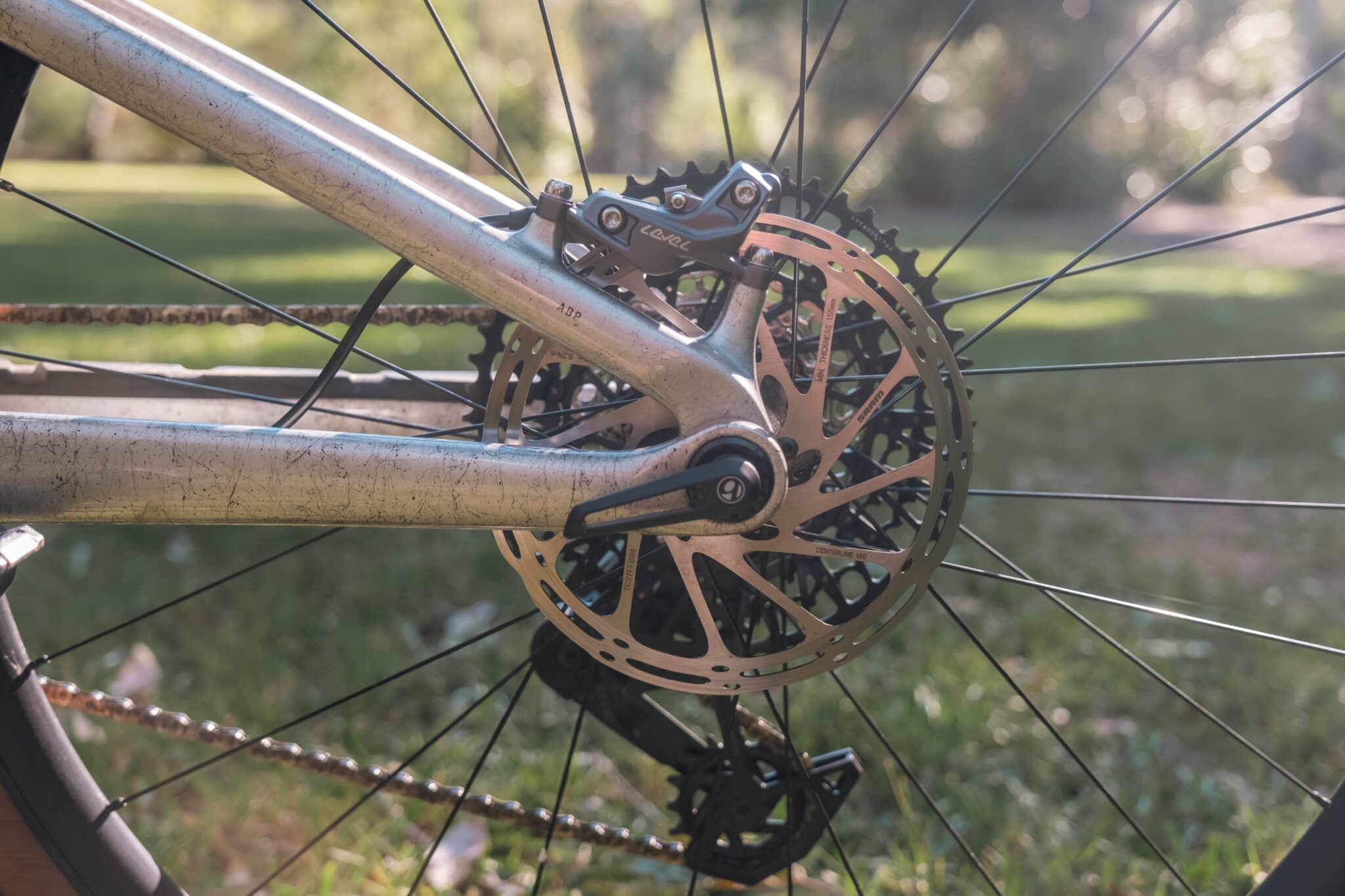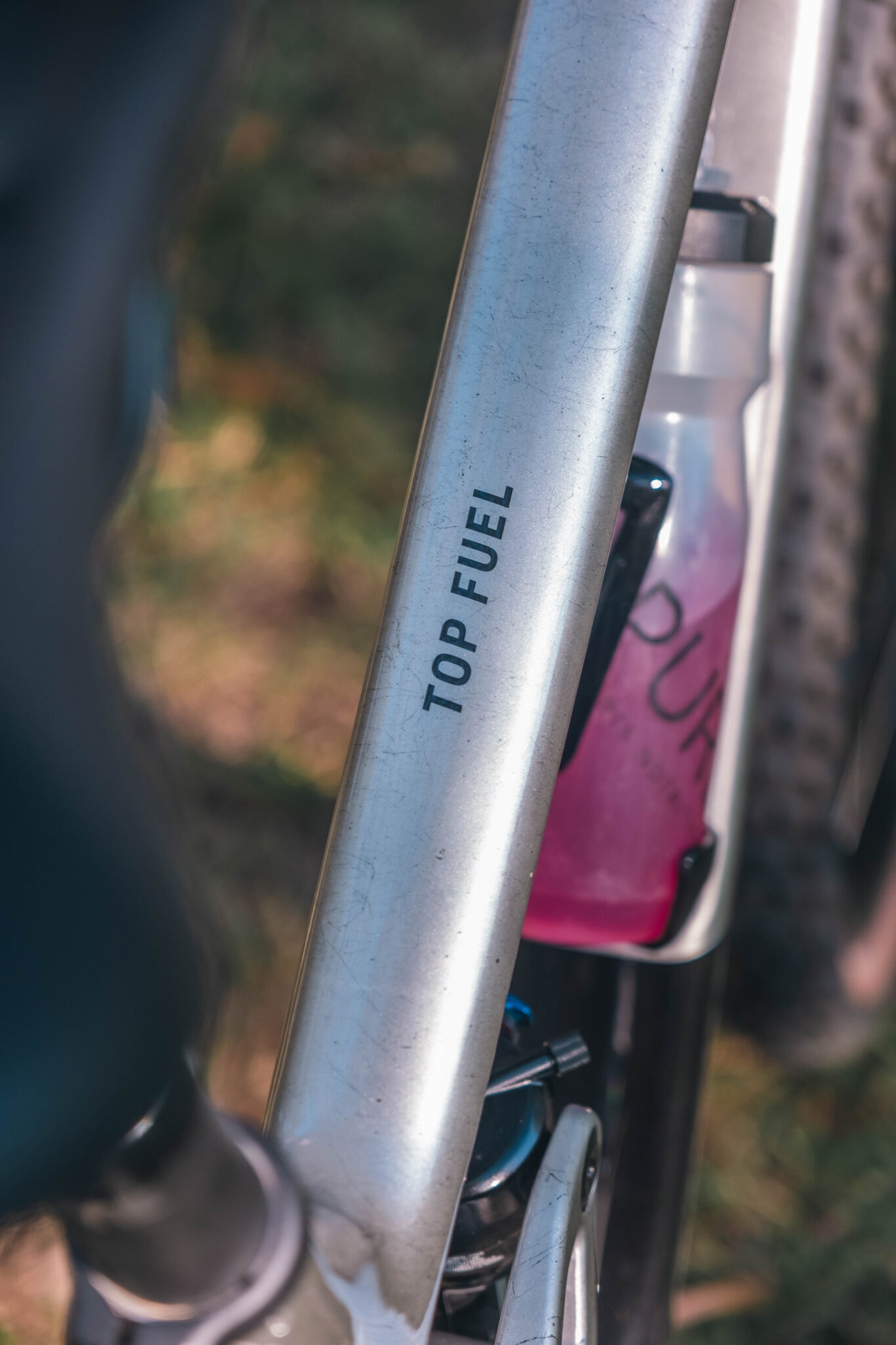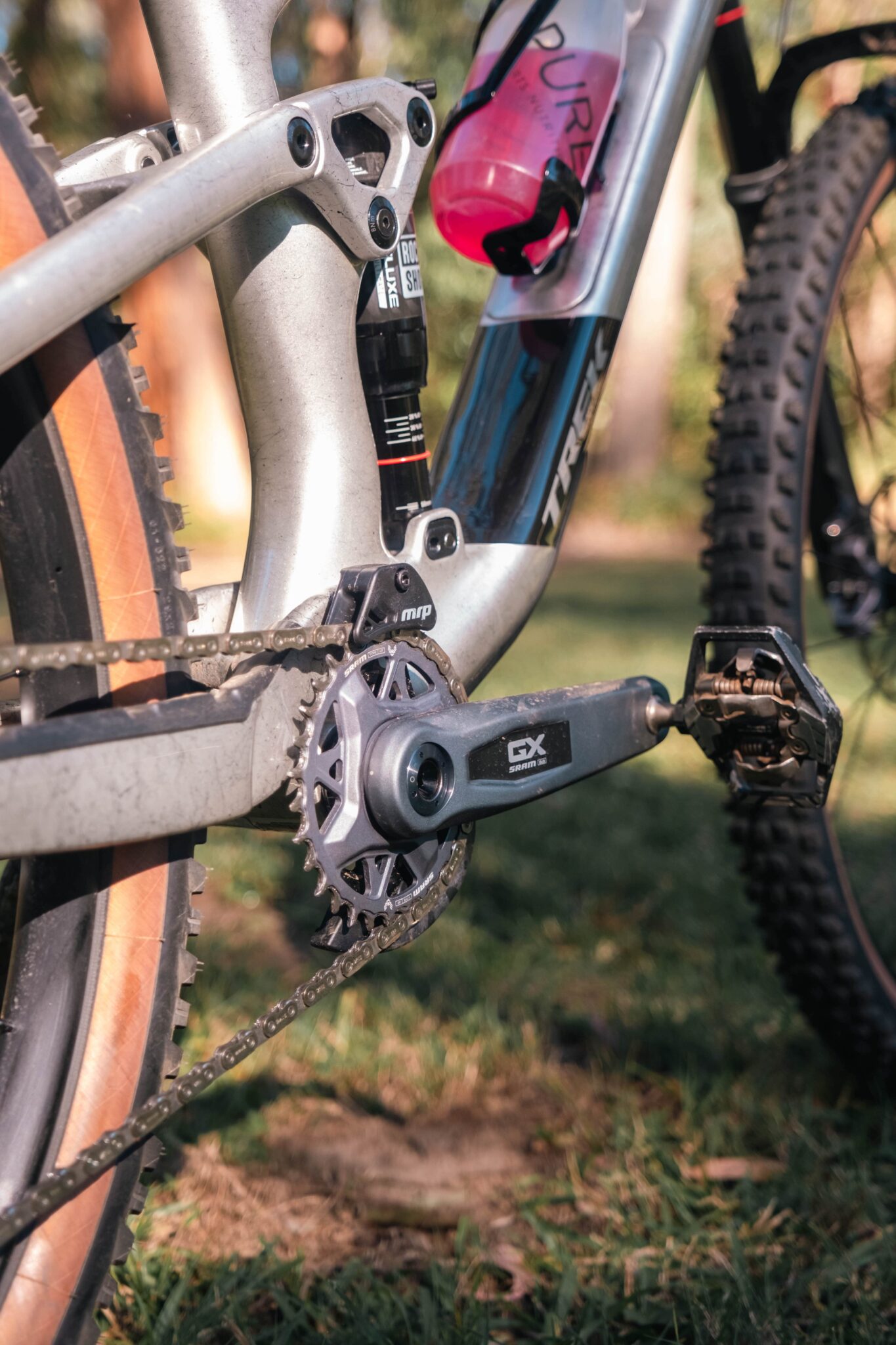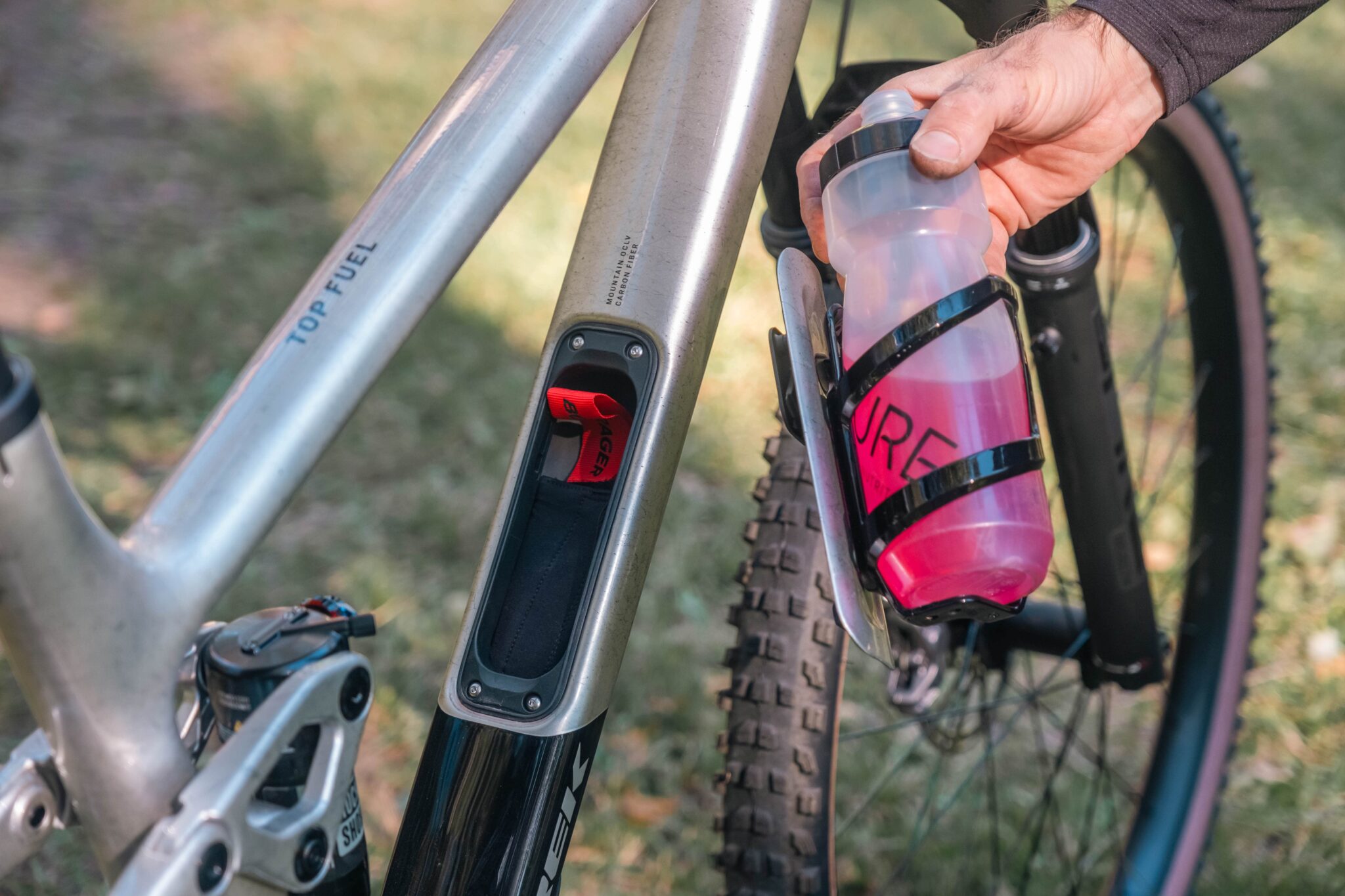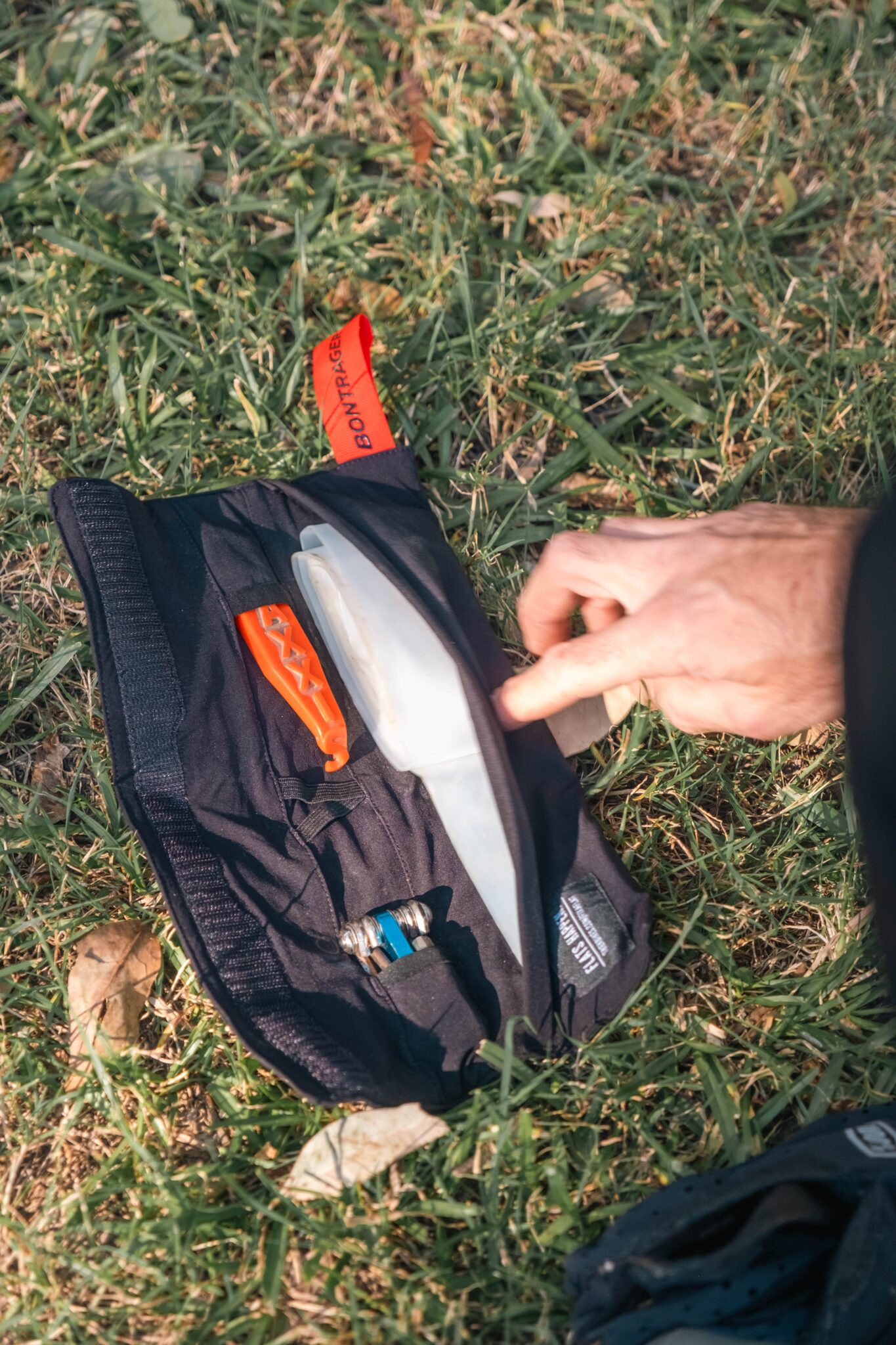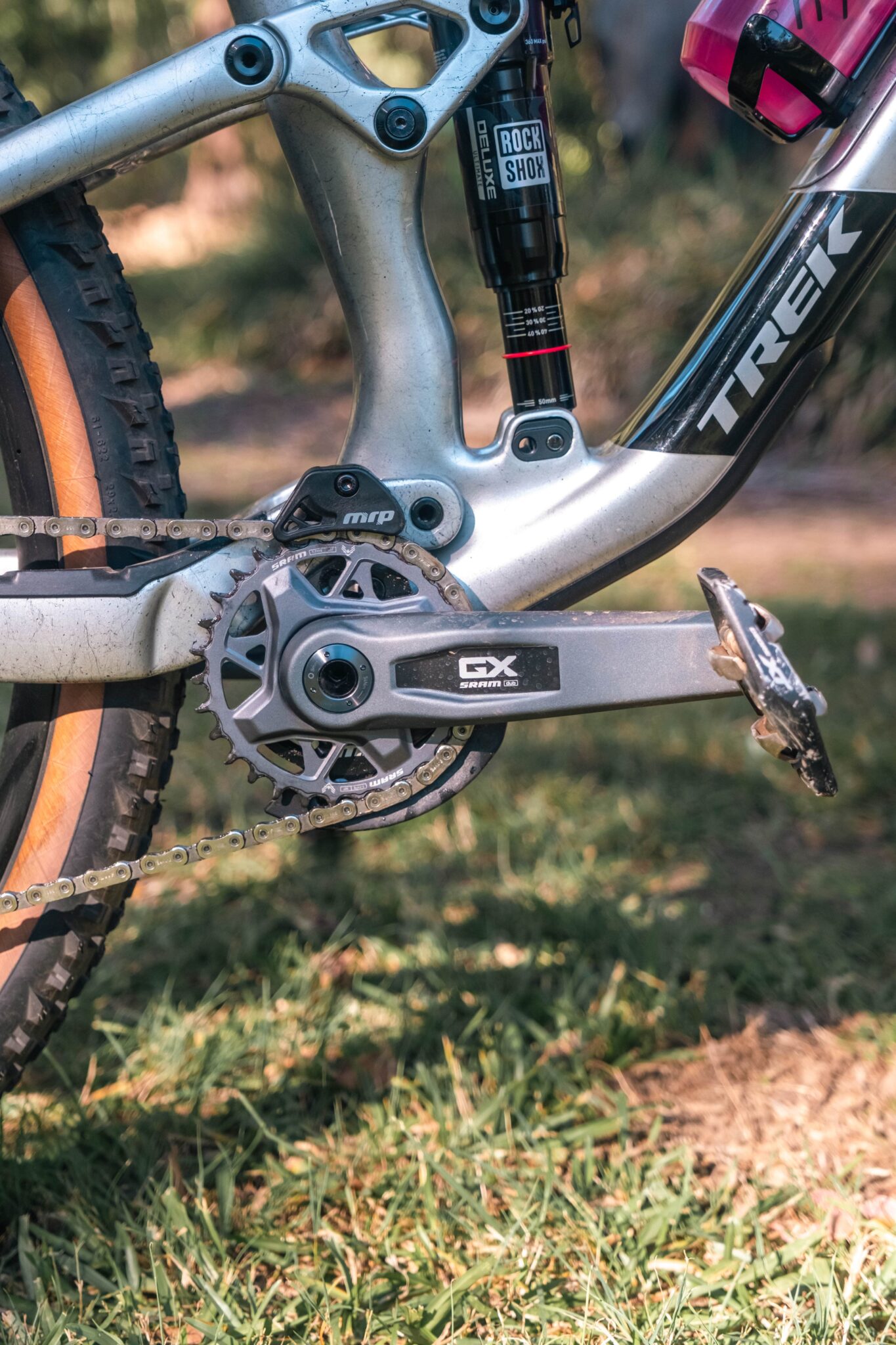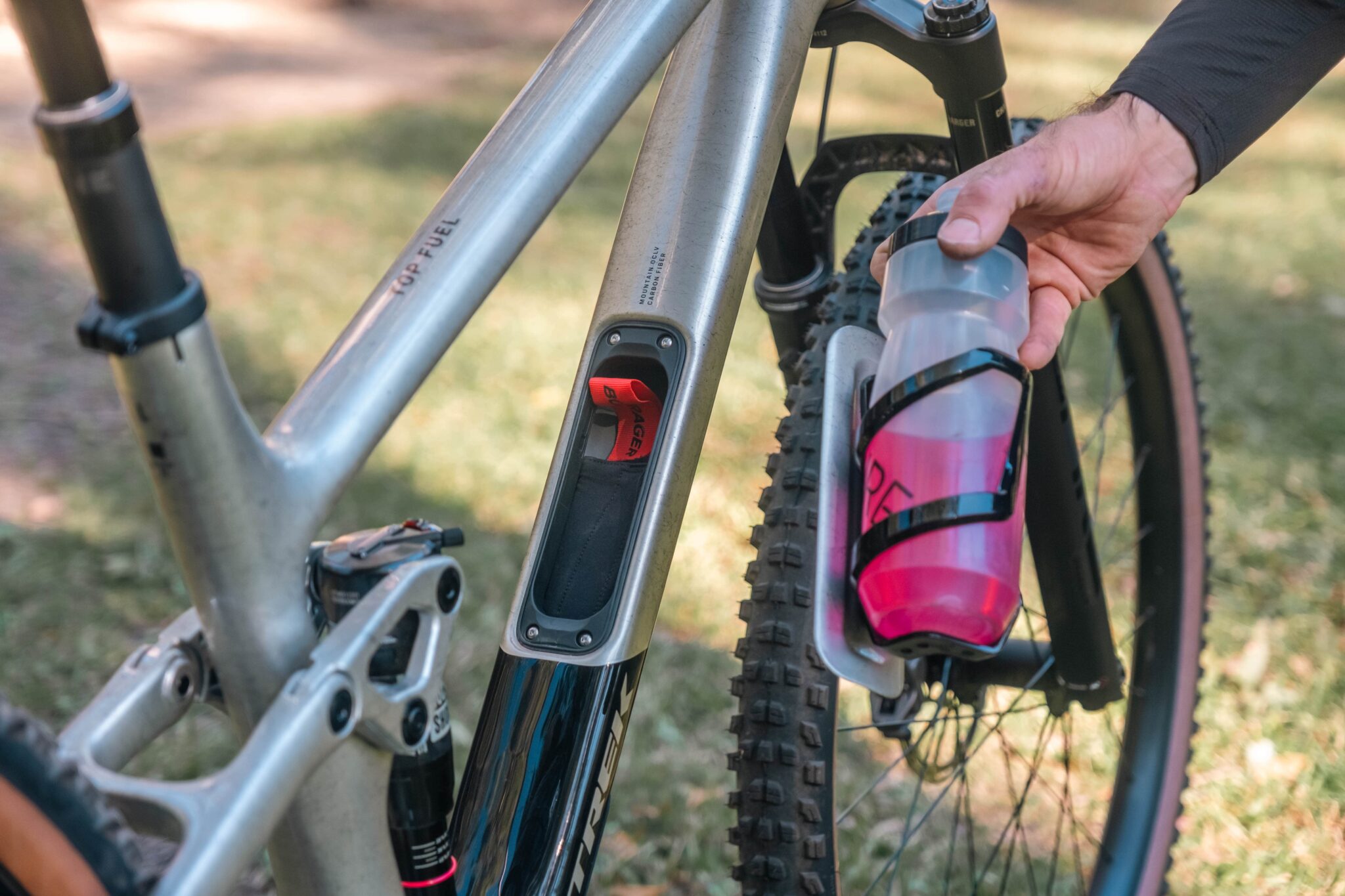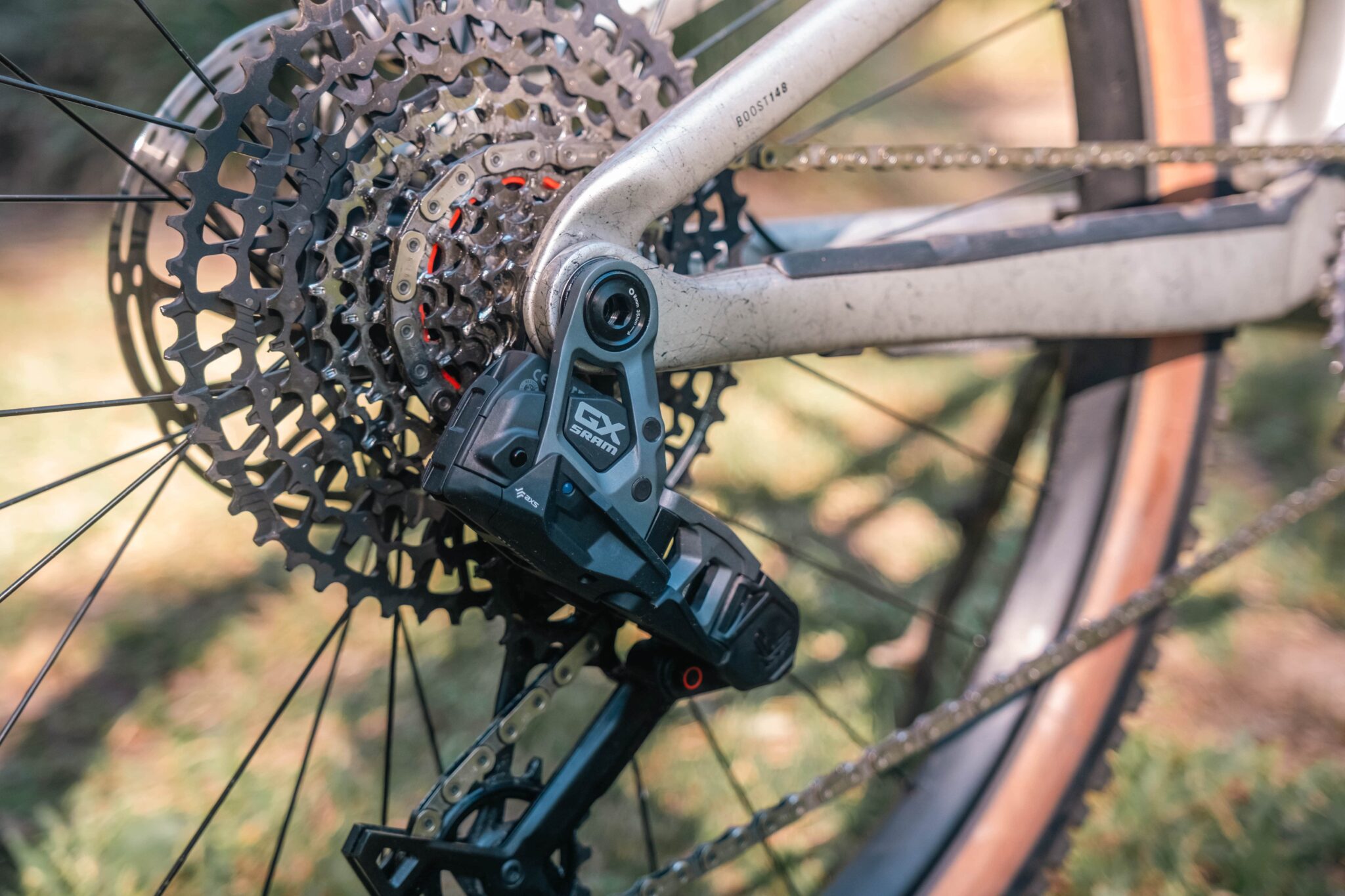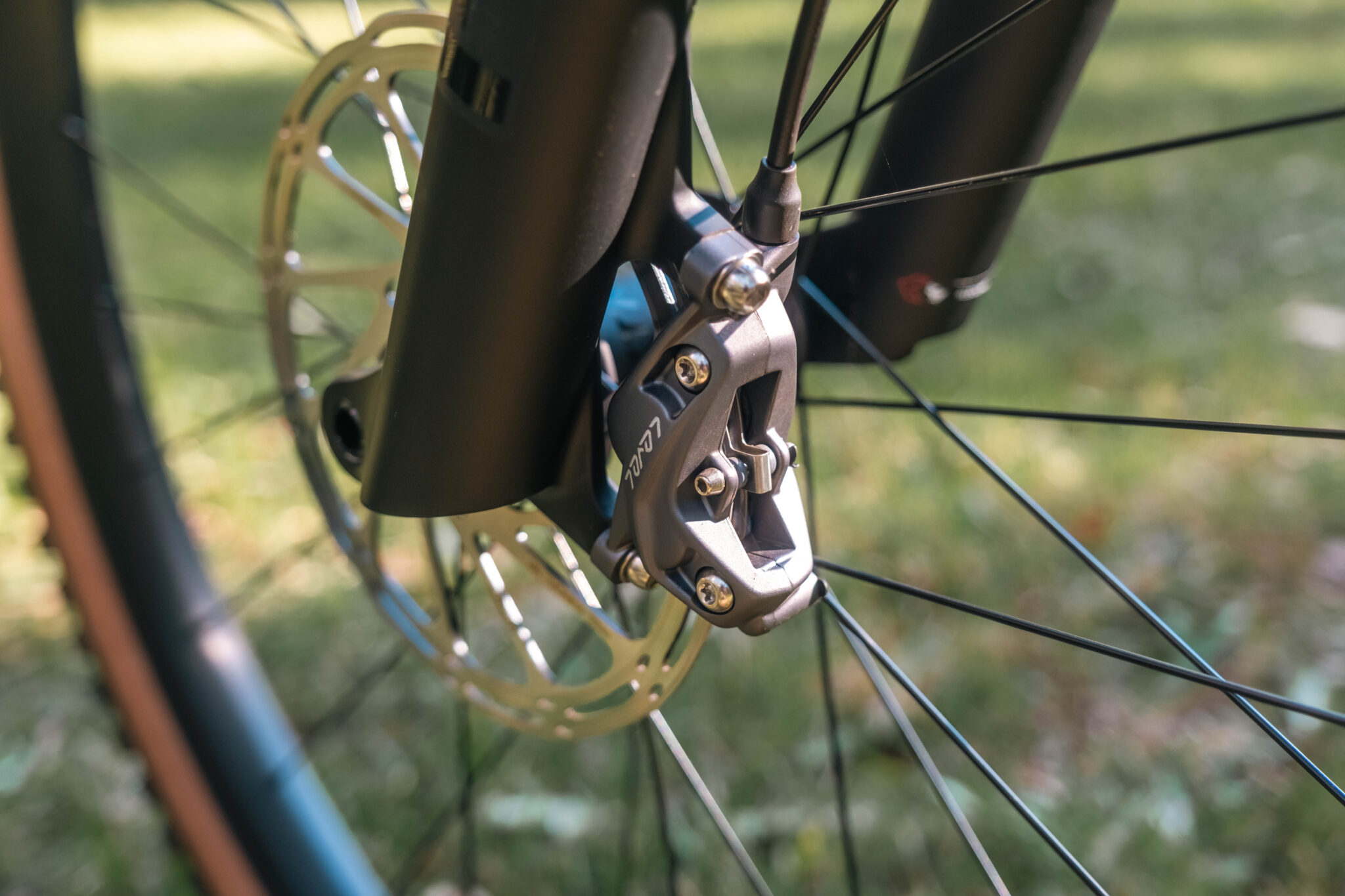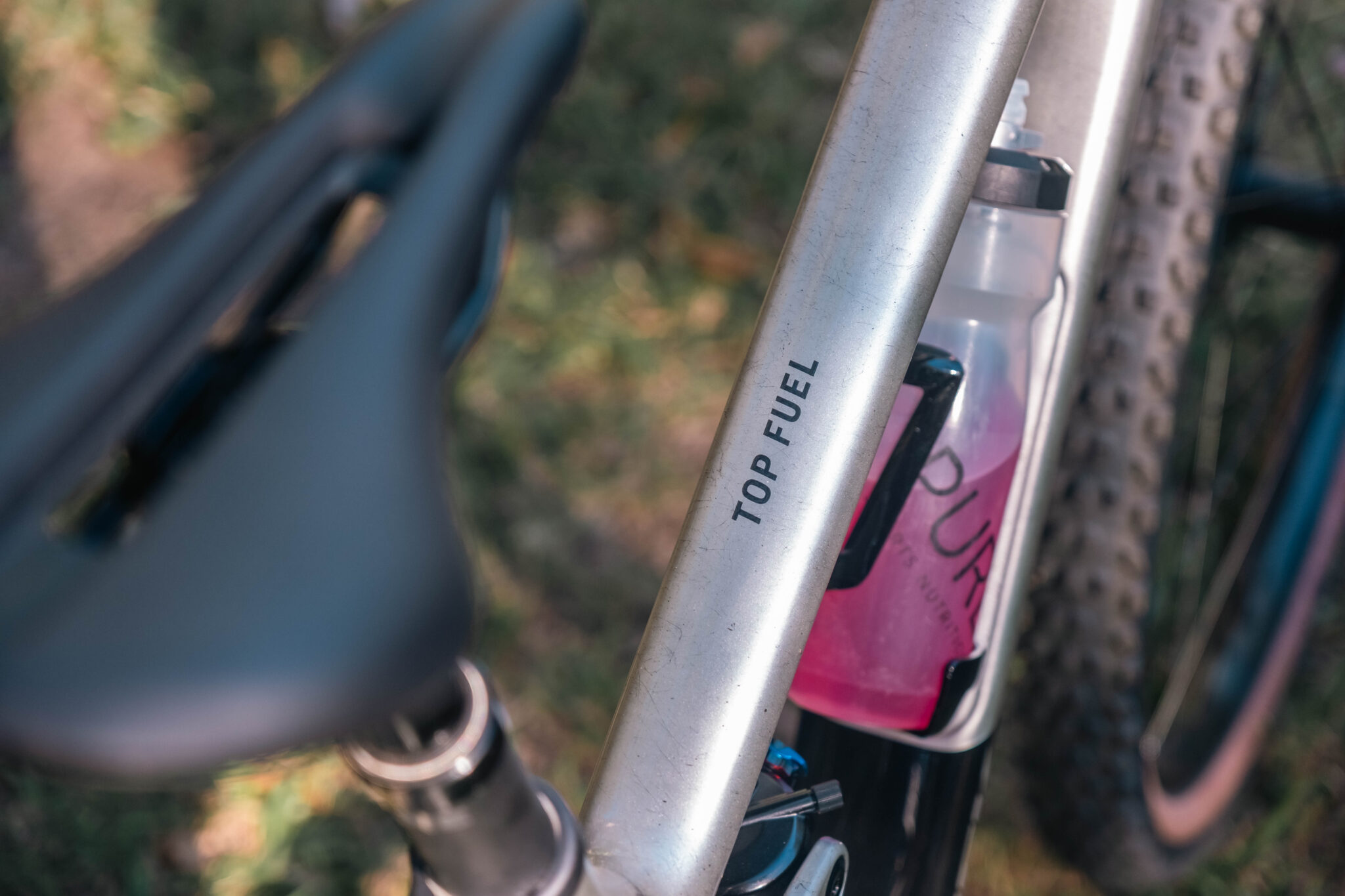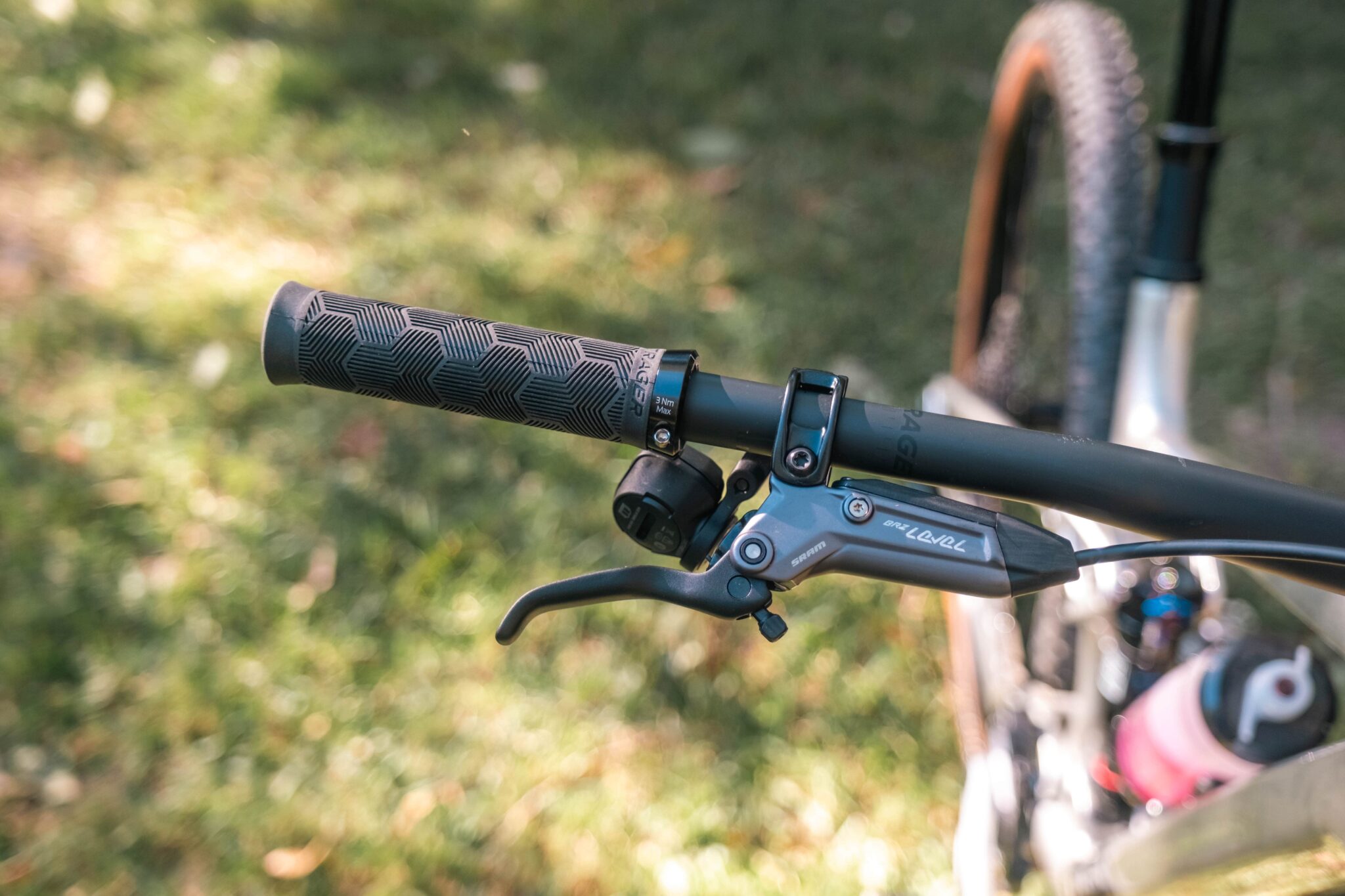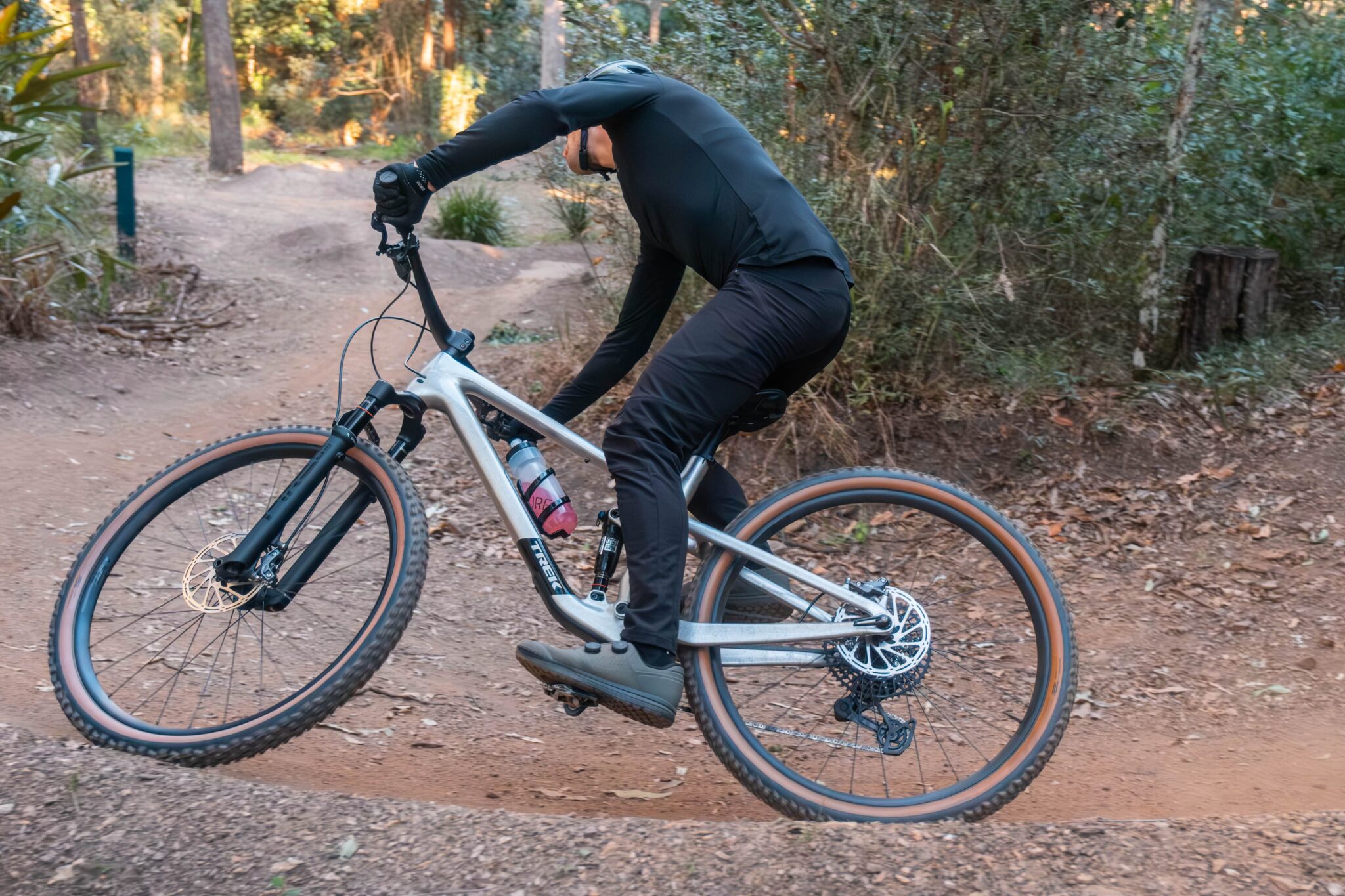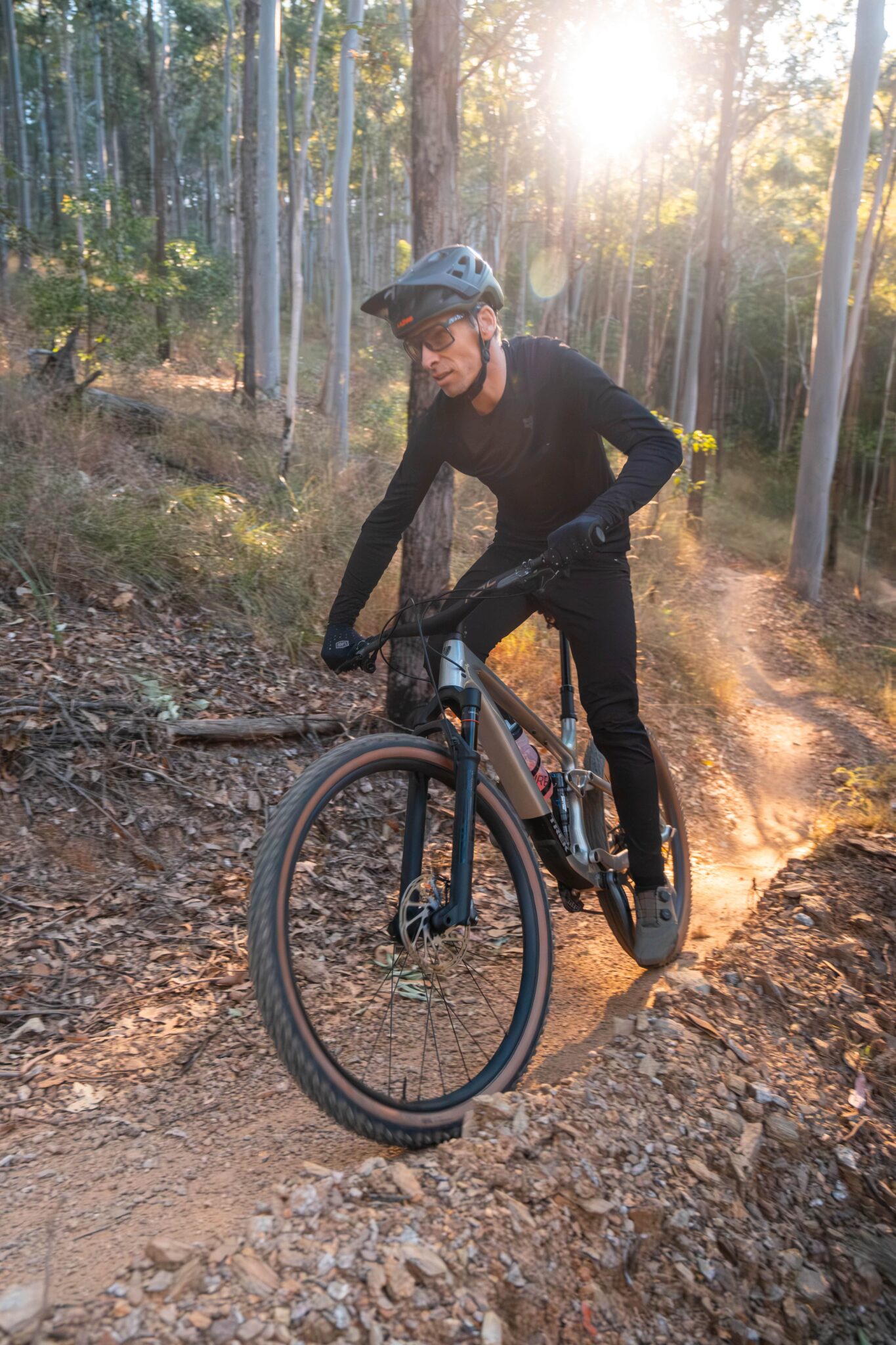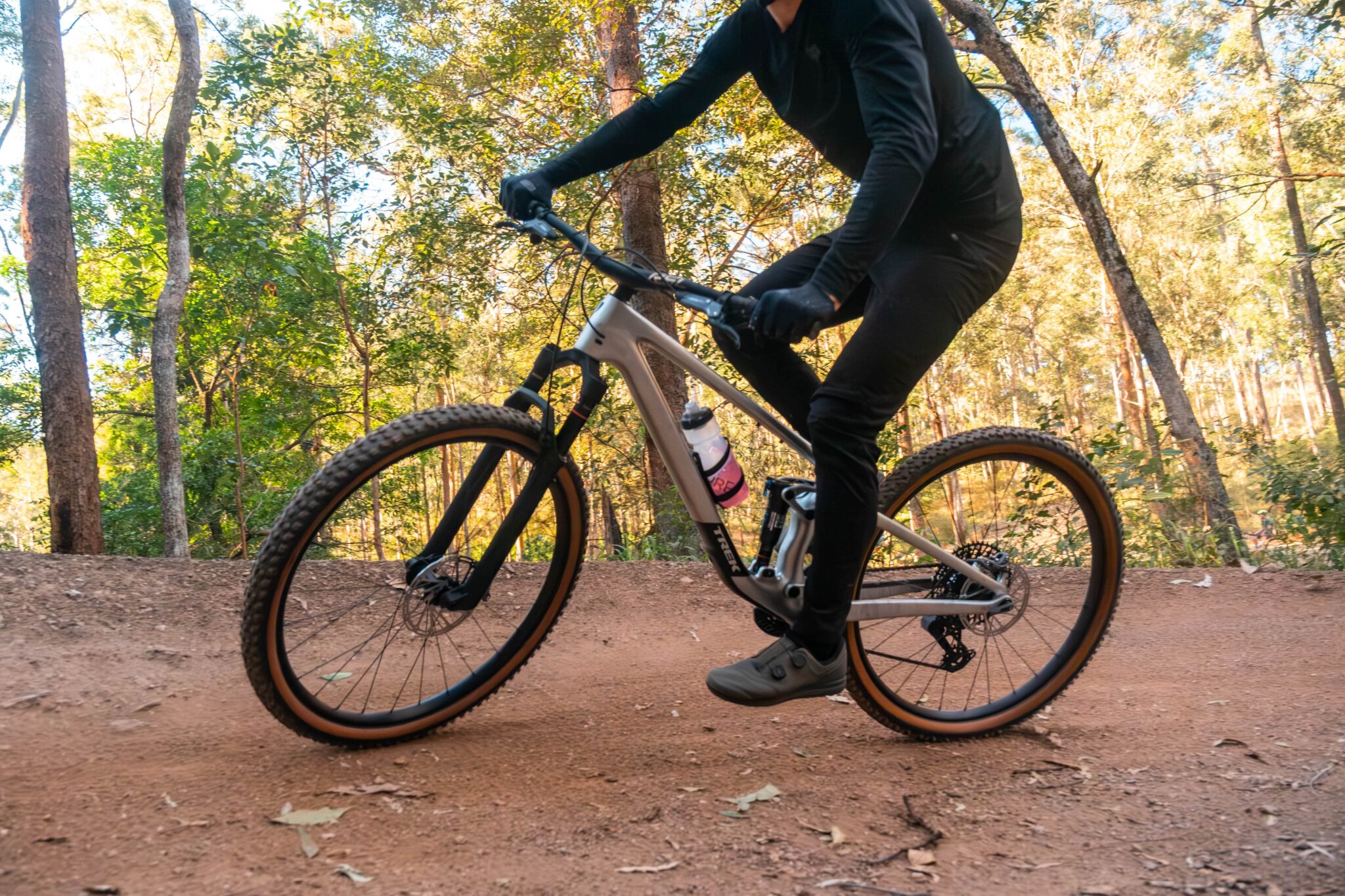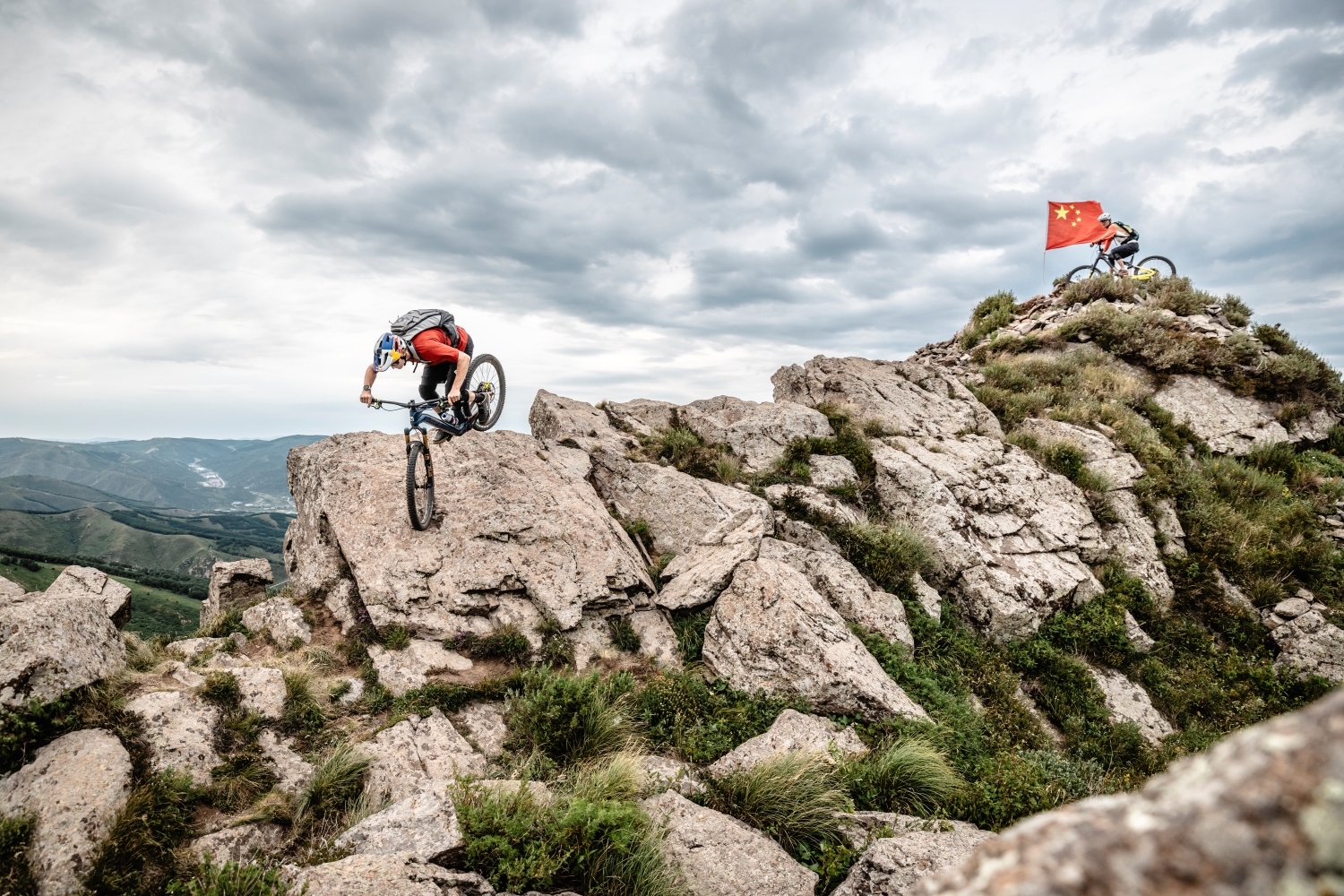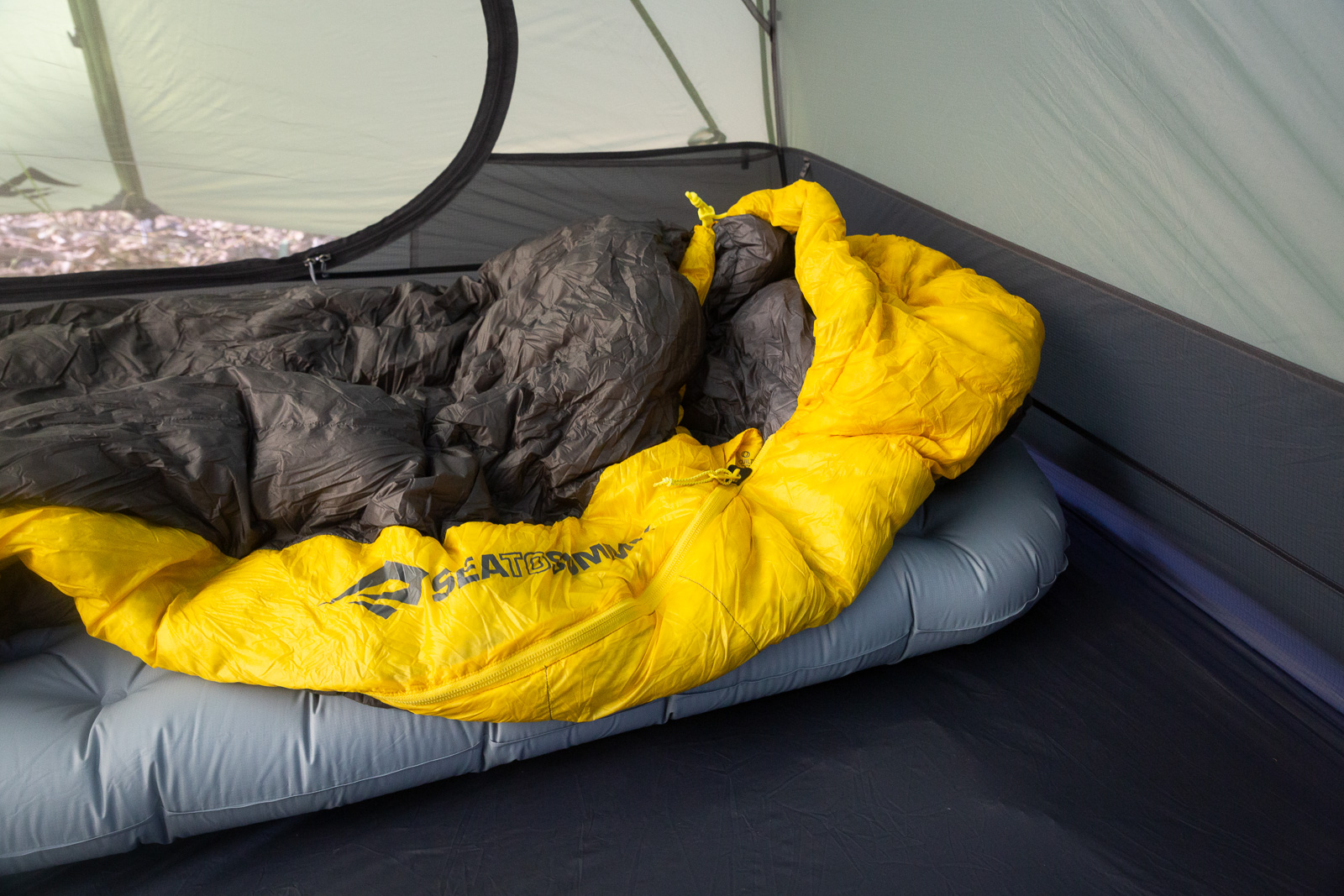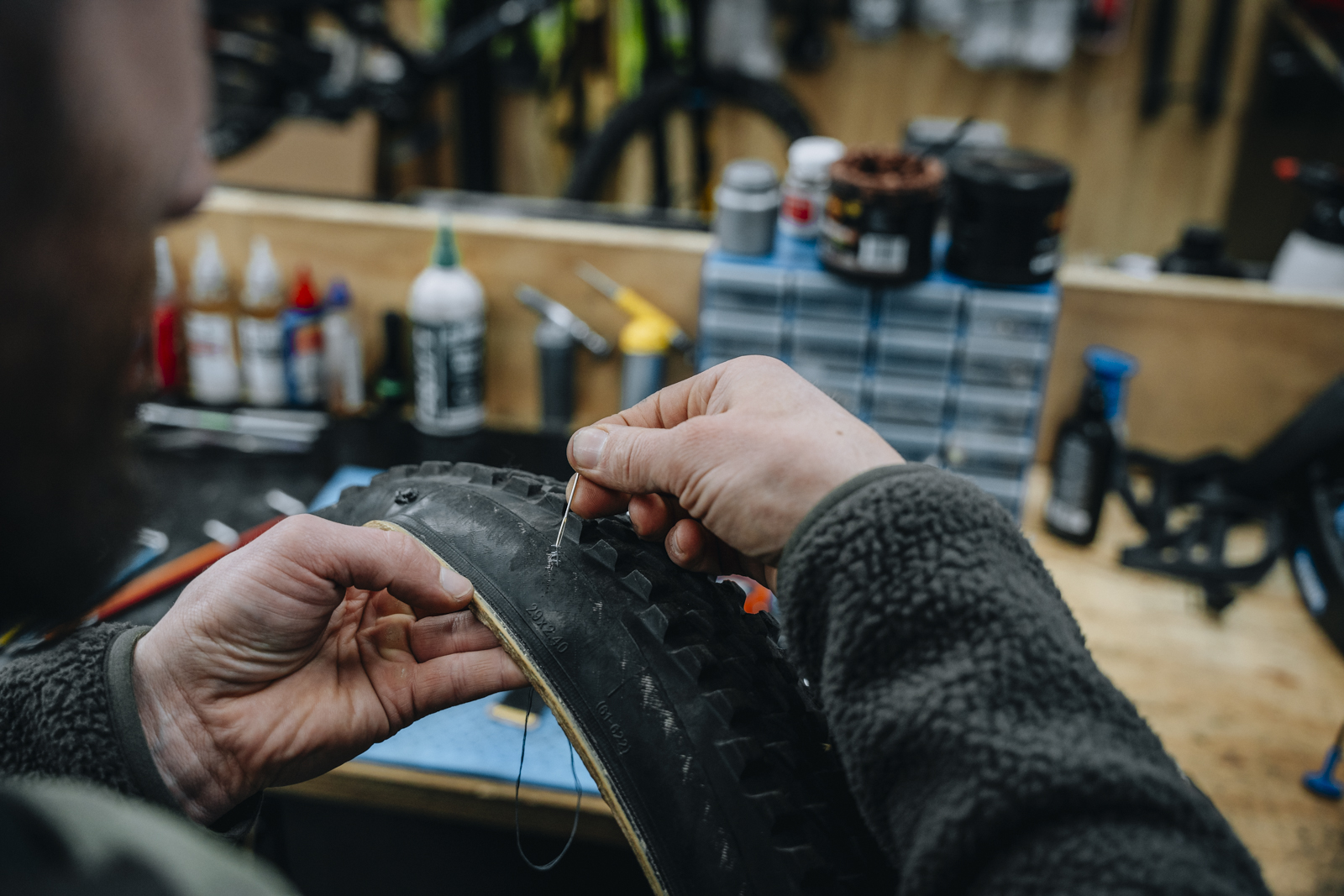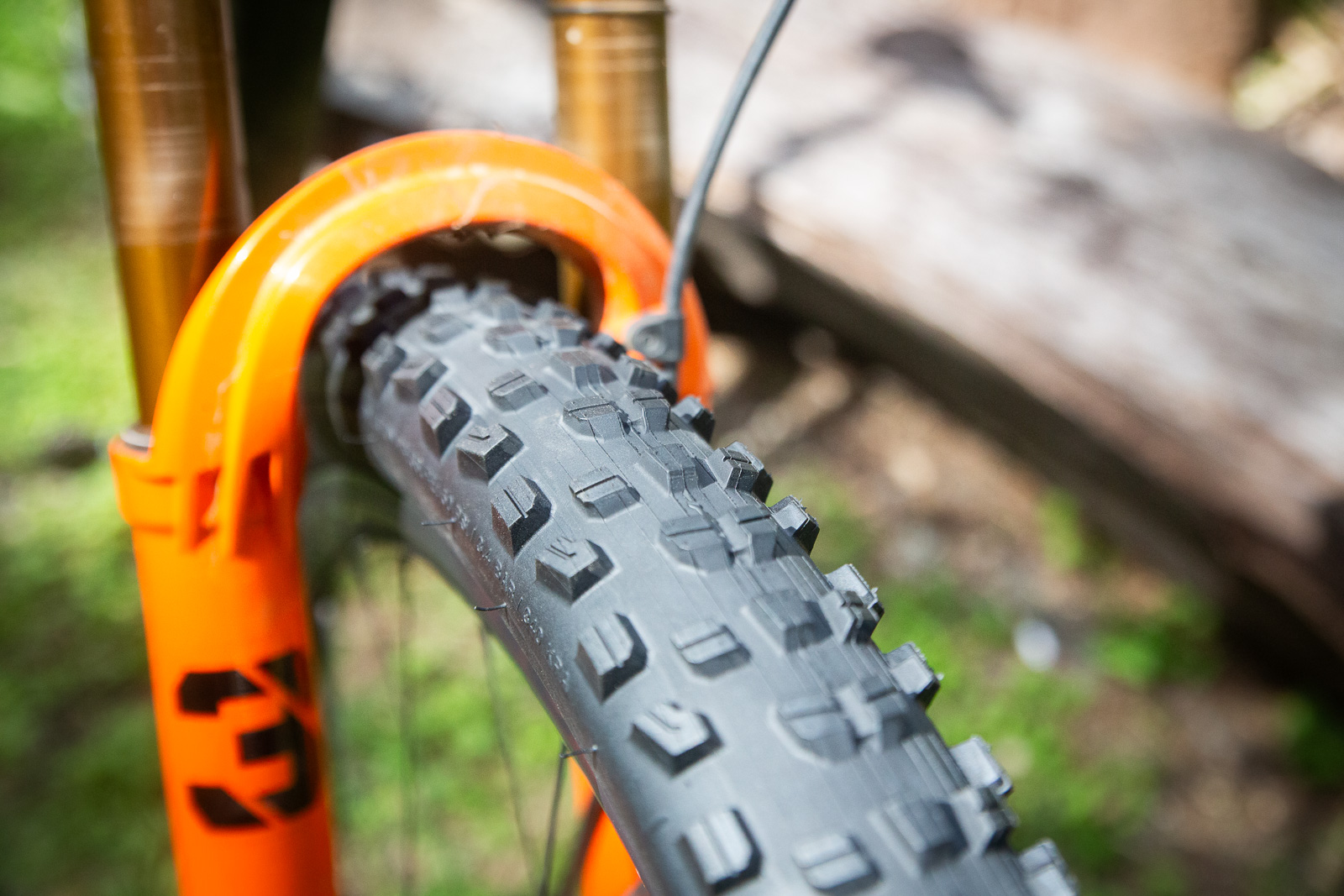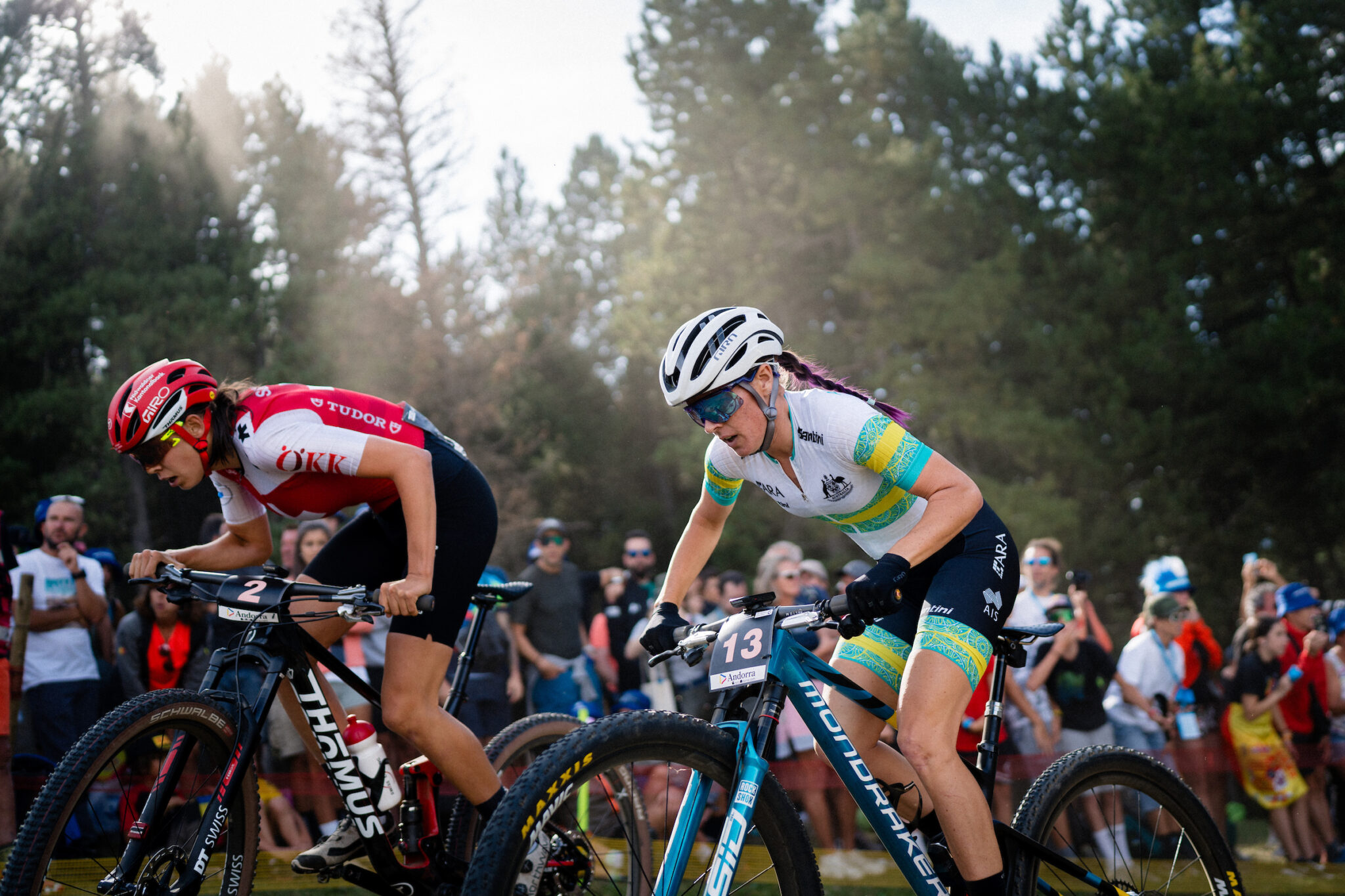Trek Top Fuel 9.8 GX Review | Lightweight and Capable Trail Bike
Words: Mike Blewitt
Photos: Cahn Butler
With the predictability befitting a global bike brand, Trek have been overhauling their bikes in a fairly typical cycle. In 2022 we saw the new Fuel EX follow the roost of the Fuel EX-e, and the Supercaliber has recently been updated ahead of the Paris Olympics. In July, Trek released the fourth generation of the current Top Fuel. The Top Fuel returned in 2015 as a 100mm XC 29er, and that is the last iteration of the Top Fuel I rode. The recent additions saw the bike move into a light trail category, but some riders felt it got lost with the last generation Fuel EX. The new 2025 Top Fuel arrives looking very similar on paper and in silhouette, and some have suggested that perhaps the Top Fuel is now what Trek meant it to be back in 2019. I was sent a Trek Top Fuel 9.8 GX AXS model ($8999.99) to review this winter. Having tested both the new Norco Optic and Specialized Epic EVO this year, the 130/120mm 29er Trek looks to sit between the two: unassuming and vanilla, like many Treks are. But the question was – would this bike be polarising and vaguely popular like vanilla Coke, or a favourite for all like vanilla ice cream?
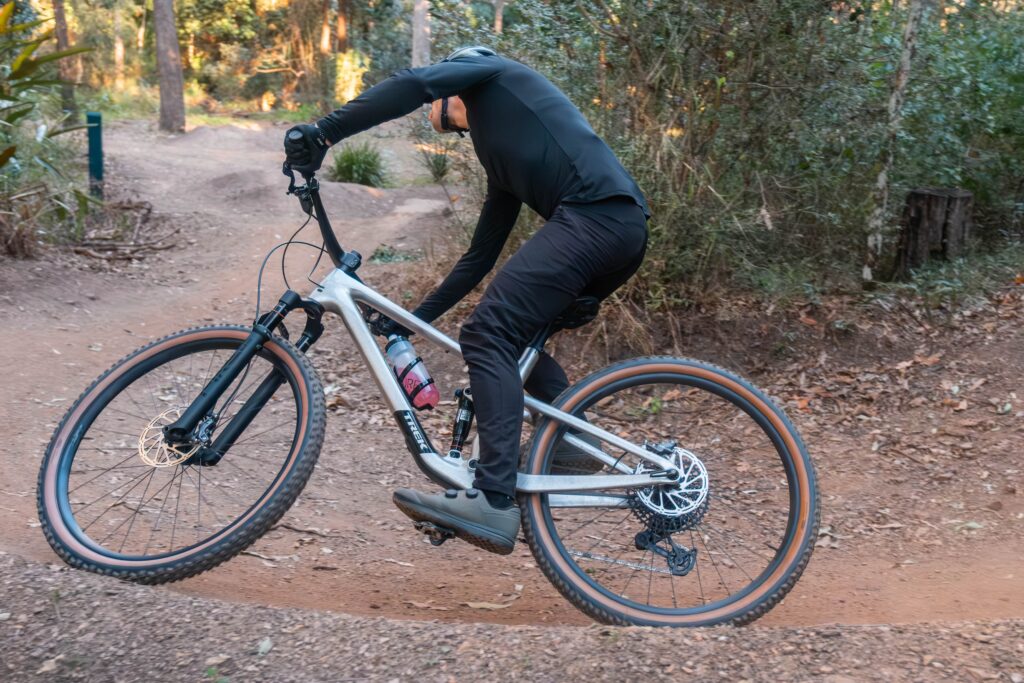
Initial Impressions on the Trek Top Fuel 9.8 GX
The large Trek Top Fuel 9.8 GX AXS I was sent sits around the middle of the range. In Australia, the range starts with the alloy Top Fuel 8 for $5499.99, and runs through to the 9.9 XX AXS model for a stonking $18499.99. The carbon frame on the 9.8 model I have on test is full carbon, and saves around 220g over the previous Top Fuel, which many thought was a bit porky for its intent. A lot of the typical Trek features remain, like their Active Braking Pivot (ABP) where the rear pivot is at the axle, and MinoLink, which is a moderate geometry adjust option built into the lower shock mount. Trek have added a more/less progression option to this mount to make four positions in total, with 14% or 19% progression. So yes, it may suit a coil shock – but if that’s your thinking you’re probably looking at the wrong bike. It will suit customisation, especially considering the bike can be equipped with a 140mm travel fork and longer stroke 185x55mm shock for 130mm rear travel if you like. And you can even run it as a mullet if you’re into that.
Trek have a few other noticeable standouts – such as a threaded bottom bracket for pain free servicing, and a headset that only serves as a headset, not as a port for dropper outer or brake hose. There’s in-tube frame storage with a refined opening and sealing, an accessory mount under the top tube, a single bottle cage and shorter seat tubes and taller head tubes on all five sizes. Interestingly, Trek have also introduced size-specific chainstays to ensure the dynamic and balance of the bike remains the same across sizes.
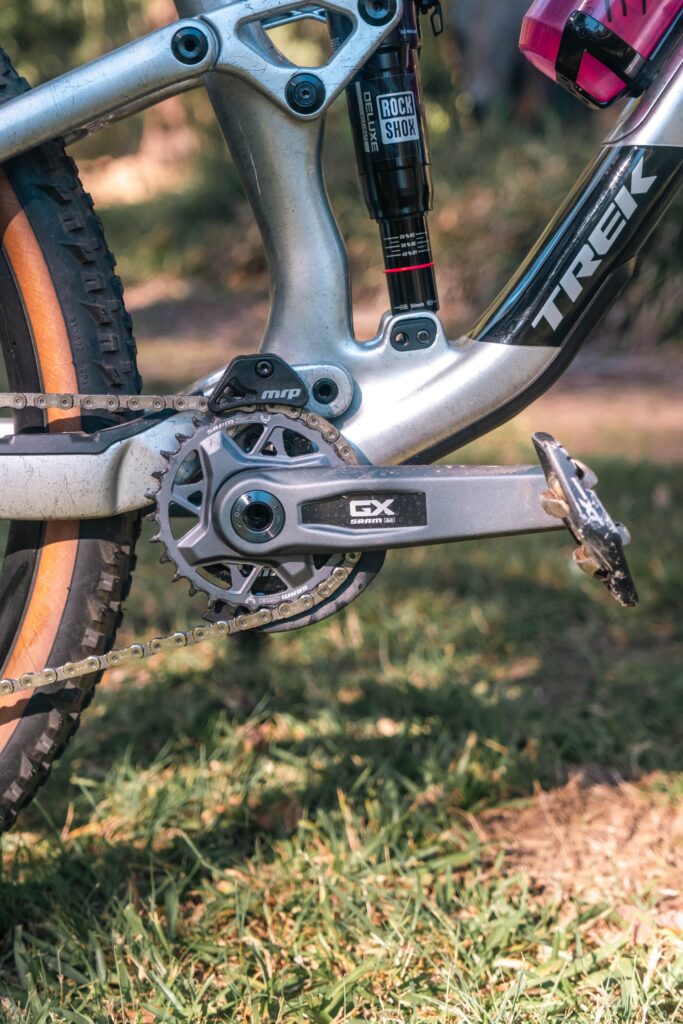
Geometry isn’t a world different, with a 65.5 degree head tube angle and a hair under 76 degrees for the seat tube. Reach is 477mm in large – all these are in the low setting. With a 440mm chainstay it’s about what you’d expect on a bike like this. Trek claim they have added some antisquat for better pedal response, and the progressiveness of the shock is very similar to the previous model, with the option to increase it for faster flow trails and bigger hit support.
It’s a really neat looking bike, and I think the simple graphics really help for that, as does the one piece RSL carbon riser cockpit. I’ve used this one before and I like it. It’s stiff, light, and really wide at 820mm. With the GX AXS T-type group set and Level Bronze 4-piston brakes it’s a nice build – effective and modern. The Bontrager Line Comp alloy wheels have a 30mm internal rim and the 108 point engagement hubs, wrapped in 120tpi Bontrager Gunnison and Montrose tyres, for fast rolling speed and grip. You could really change the character of the bike with meatier rubber – or sliding some lighter carbon wheels in, depending on your preferences.
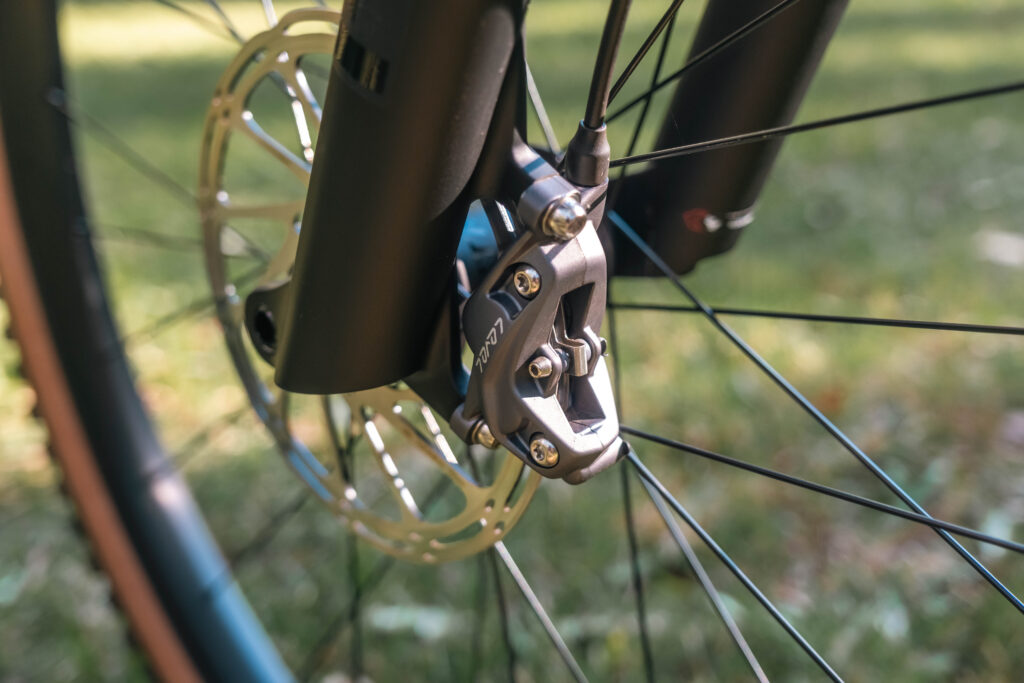
Out of the box I added the supplied sealant, used Trek’s website to get a base setting in the Pike Select+ and Deluxe Ultimate RCT and threw the bike on the scale – it clocked in at 13.31kg before I added my pedals. It all looked nice – but it wasn’t egging me on to go and ride it. I added a bit more pressure to the fork from what was suggested as it felt way to soft, and headed to the trails.
On The Trail with the Trek Top Fuel 9.8
I probably should have been more excited about getting on the new Trek Top Fuel. I held the 2015 era bike in very high regard, and viewed the more recent editions with interest, while feeling the chasm between the Supercaliber and the Top Fuel may be too big. Having ridden many size large Trek bikes over the past few years the fit was spot on – I would certainly cut the bars down if this bike was my own, but I’m not sure Trek Australia would take kindly to me doing that to their $600 bars on this test bike. You should though, when you make it your own.
Pedalling up the ridgeline I wasn’t sure what ti expect. It’s no XC rocket like my own bike, but the Top Fuel rolls better than both the Norco Optic and Specialized Epic EVO I rode a lot this year. Tyres will play a big role, but the suspension is very balanced, with very little mush even when out of the saddle. That’s a big plus for me. That is quite different on the front, with the Pike delicately taking out trail chatter like a 120mm XC fork wishes it could. The Pike is a good indicator that the Top Fuel isn’t a long-legged XC bike but something that can be a lot more capable if you need it to be.
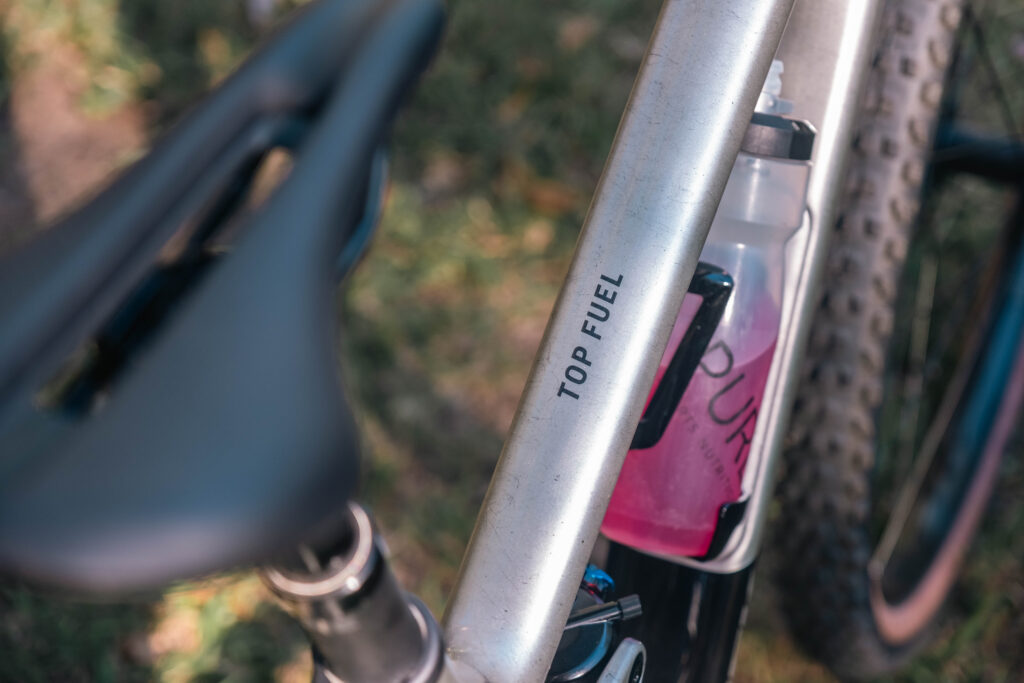
On my local test trails I certainly felt at ease pushing the Top Fuel faster, finding good support from the rear suspension, and great grip from the new Bontrager tyres on the hero dirt that day. Onto a few other trails I used for bike tests I was happy hitting some of the small gaps, but more wary than I would be if the bike had some meatier rubber through the rocky sections. What I did find when comparing it to how the Epic Evo, which I really liked, was how well it tracked in rockier scenarios, which I think has a lot to do with overall intent. I know Ben Morrison said the last Top Fuel could be ridden like a short travel enduro bike thanks to frame stiffness and performance. Despite shedding weight, Trek have only improved the capability of the new model – which means the added suspension options will be appreciated.
On coming rides I became more and more comfortable on the Top Fuel. The shifting was crisp as expected, and even though I thought the 30t chain ring was under done, it worked really well with sitting and spinning up even some of Brisbane’s steepest climbs. But where I really enjoyed the Top Fuel was on descents. Whether it was on a refurbished trail with lots of smooth features sections to pump through, or rockier and steeper terrain – both were a delight. I’m impressed that Trek have a suspension setup that gives the right amount of support when compressing the bike, without then needing to be ridden hard to come alive. I ended up only using the regular setting and not the more progressive option for the duration of the test, as on the Top Fuel it really suited me.
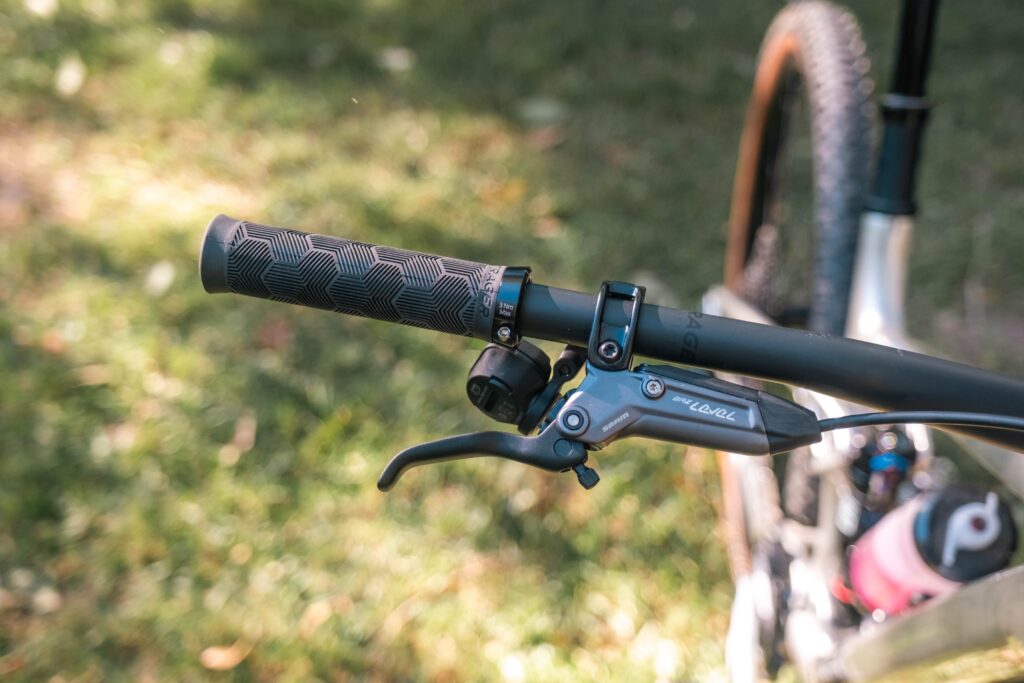
This isn’t to say it works like both an XC bike and a trail bike. That’s just not the case. It is a heavier bike with a more upright position than a pure XC bike, but out of the box I’d still be happy taking it to a local XC race or something like a Quad Crown weekend. It’s not going to replace a long travel trail bike either. At higher speeds when trying to compress lips or hits that would send me way higher than I would want to go, the Top Fuel does remind you that it is a 120mm travel platform. It just means you use a bit more body language when it gets rowdier, and that’s fine with me. I think you could really extend the capability for aggressive trail riding with a longer stroke shock and fork, plus tyres and probably brakes. The Level brakes are good but don’t have a huge amount of power, despite being a 4-piston brake. I think they’re great for the bike as is, but a bigger rotor would suit the front end if a Top Fuel was going to be an over-build project.
Going the other way, I’d happily knock out some longer rides in big hills on the Top Fuel, but you’d want to take a backpack or know you were stopping at towns. With just a single bottle cage you are limited on fluid – in this scenario an Epic EVO would come out trumps.
Our Take on the Trek Top Fuel 9.8 GX
Go back nine years and I was seriously considering a Top Fuel as my personal bike. They really did tick a lot of boxes. Since then Trek drove a wedge into their XC and trail bikes, with the Supercaliber becoming a World Cup XC bike while the Top Fuel got longer legs and a light trail outlook. Many owners of the 2015 era Top Fuel wondered where they should look for a replacement – and some looked beyond Trek. Times change, as does riding, and I think this fourth generation Top Fuel should better fill the gap between the updated Supercaliber and the new Fuel EX. In some ways it is the perfect bike for those who miss the last generation Fuel EX. And for others, it will work for riders who liked the recent Top Fuel but either wanted more capability or less weight.
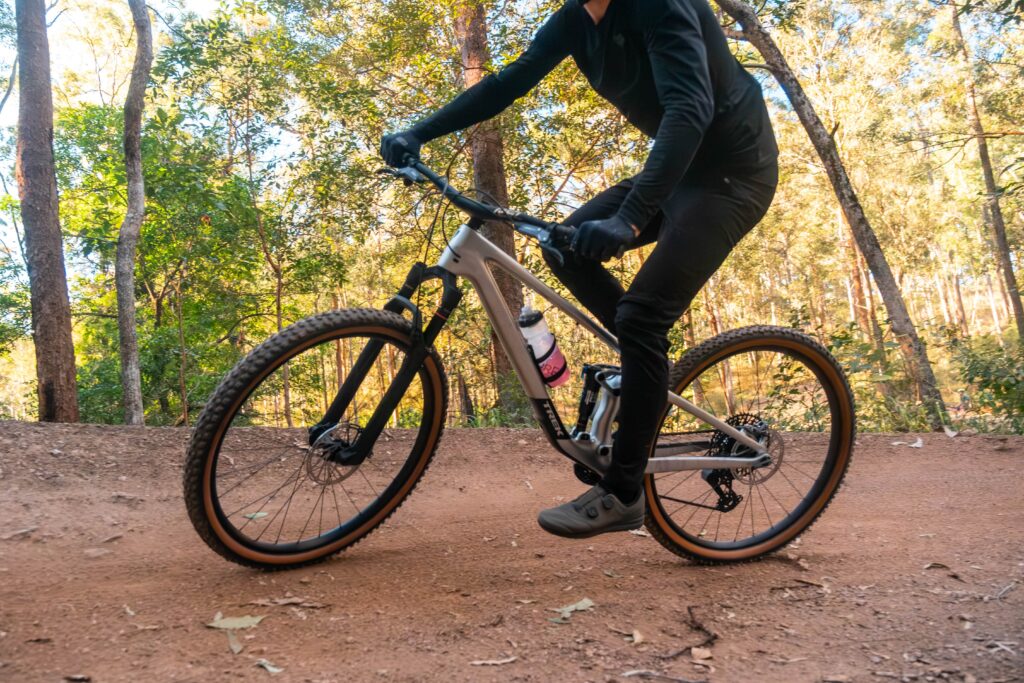
The new model is a better bike than the last Top Fuel in every regard.
I was prepared to be underwhelmed by the fourth generation Trek Top Fuel. The documents I was sent before the test bike arrived didn’t make my heart flutter, and building the bike showed a very common sense bike but nothing exciting. And you know what, vanilla is ok. Because the new Trek Top Fuel 9.8 GX AXS really delivered on the trail. It’s super efficient climbing and doesn’t feel like too much bike on even the mellowest trails, while being ready for much more. And most importantly, if anyone truly misses the outgoing Fuel EX then Trek have delivered a perfect bike for you.
Riding Experience: Washed up ex-AMB Editor
Generally Rides: Factor Lando XC custom build
Height: 178cm
Weight: 72kg
Bike Test Track: Brisbane’s best bits
Brand: Trek
Model: Top Fuel 9.8 GX
RRP: $8999.99
Weight: 13.31kg (as tested)
From: trekbikes.com
Available Sizes: S, M, M/L, L (XL in other models)
Frame Material: OCLV Mountain Carbon
Fork: RockShox Pike Select+,130mm
Shock: RockShox Deluxe Ultimate RCT, 120mm
Shifter: SRAM GX AXS pod
Derailleur: SRAM GX AXS T-type
Crank: SRAM GX AXS, 170mm, 30t
Bottom bracket: SRAM DUB MTB Wide, threaded
Chain: SRAM GX AXS
Cassette: SRAM Eagle XS-1275, T-type, 10-52 12sp
Wheel set: Bontrager Line Comp 30
Tyres: Bontrager Gunnison/Montrose RSL, 120tpi, 29 x 2.4”
Brakes: SRAM Level Bronze, 4-piston, 180/180mm
Cockpit: Bontrager RSL carbon riser, 820mm
Seatpost: Bontrager Line dropper 170mm, (100mm on S) 34.9mm
Saddle: Bontrager Verse Short Comp
